Good news for all fans of romantic F1. We go back to racing in Zandvoort.
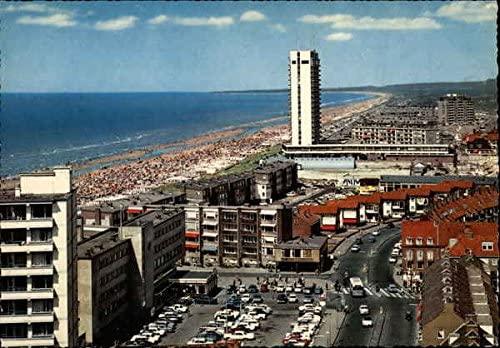
A different circuit, okay, but the memories still emerge.
It was to happen in 2020 but it was decided that, due to the worldwide spread of the Corona virus, the inaugural F1 Dutch GP has been postponed to 2021.
Zandvoort hasn’t hosted a Grand Prix since 1985, when McLaren’s Niki Lauda was victorious, but it has staged a plethora of racing series and events since.
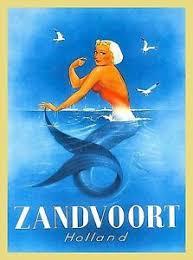
At a length of 4.3 kilometres, Circuit Zandvoort ranks among the shorter ones on the F1 calendar: hardly anywhere else, drivers zoom past the race fans that often! Here, you won’t find seemingly endless asphalt-covered run-areas, only merciless gravel beds. Drivers pay the price for even the tiniest mistake made on the track. The highly challenging circuit features 14 corners and will be fully upgraded to meet the highest standard whilst maintaining the unique character that makes it stand out.
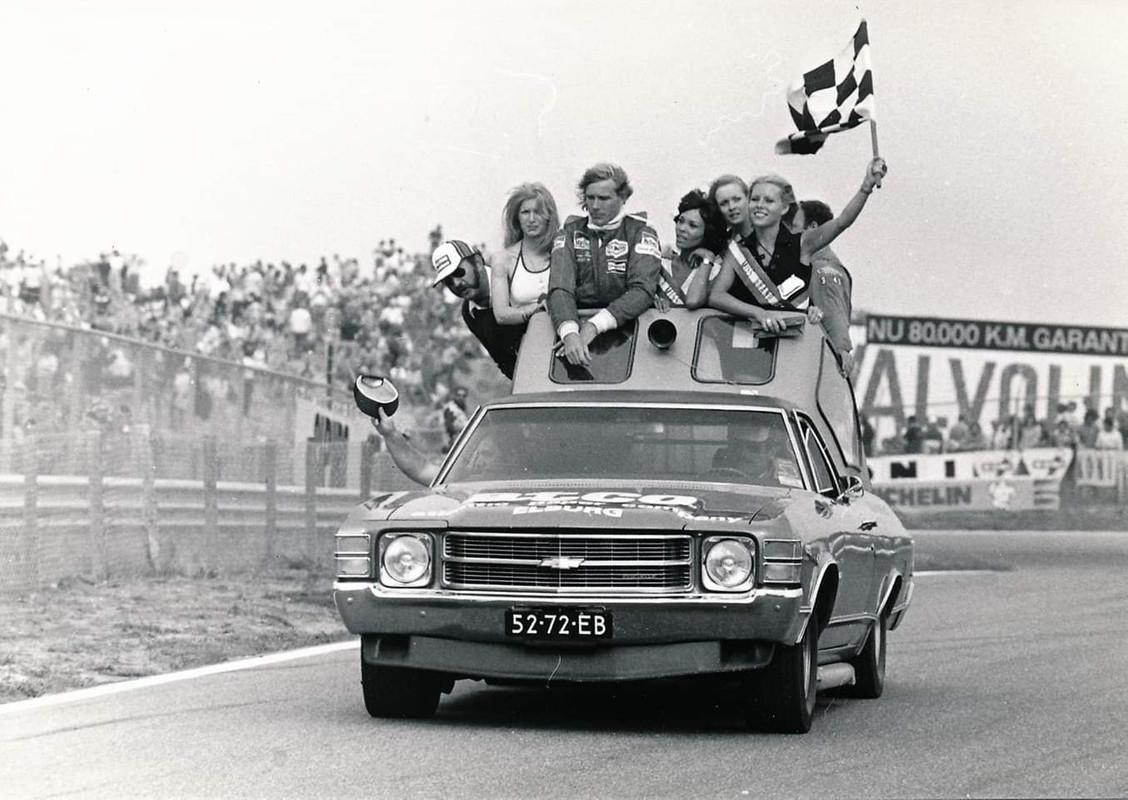
James Hunt at Zandvoort in 1976.
Circuit Zandvoort is not only known for its legendary races and the fantastic atmosphere.
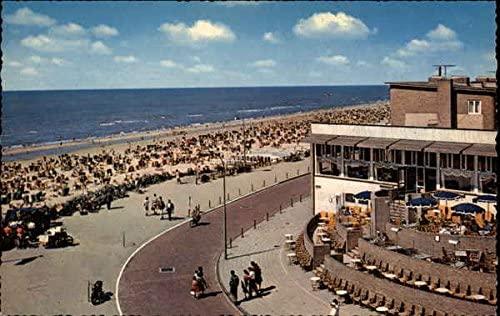
The track is also famous for its unique location. Only a stone’s throw away from the beach and with a beautiful asphalt ribbon in the dunes, it is a delight to visit for every race fan.
“Zandvoort was good for the atmosphere, the people, the food… and, obviously, the girls.” Stirling Moss
On 05.03.2020 Max Verstappen opened new Circuit Zandvoort.
Formula 1 returns to Zandvoort. The lights will turn green for the F1 Dutch GP. After four months of renovating, improving, speeding up and widening, this legendary track is now ready for the world of F1 and ready for the Ultimate Race Festival.
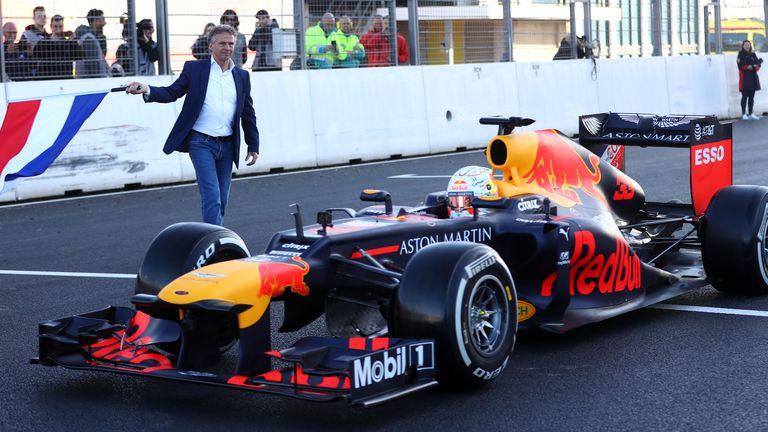
On March 4, Aston Martin Red Bull Racing superstar Max Verstappen drove the Legendary Lap in a Red Bull F1 car and opened the Circuit Zandvoort.
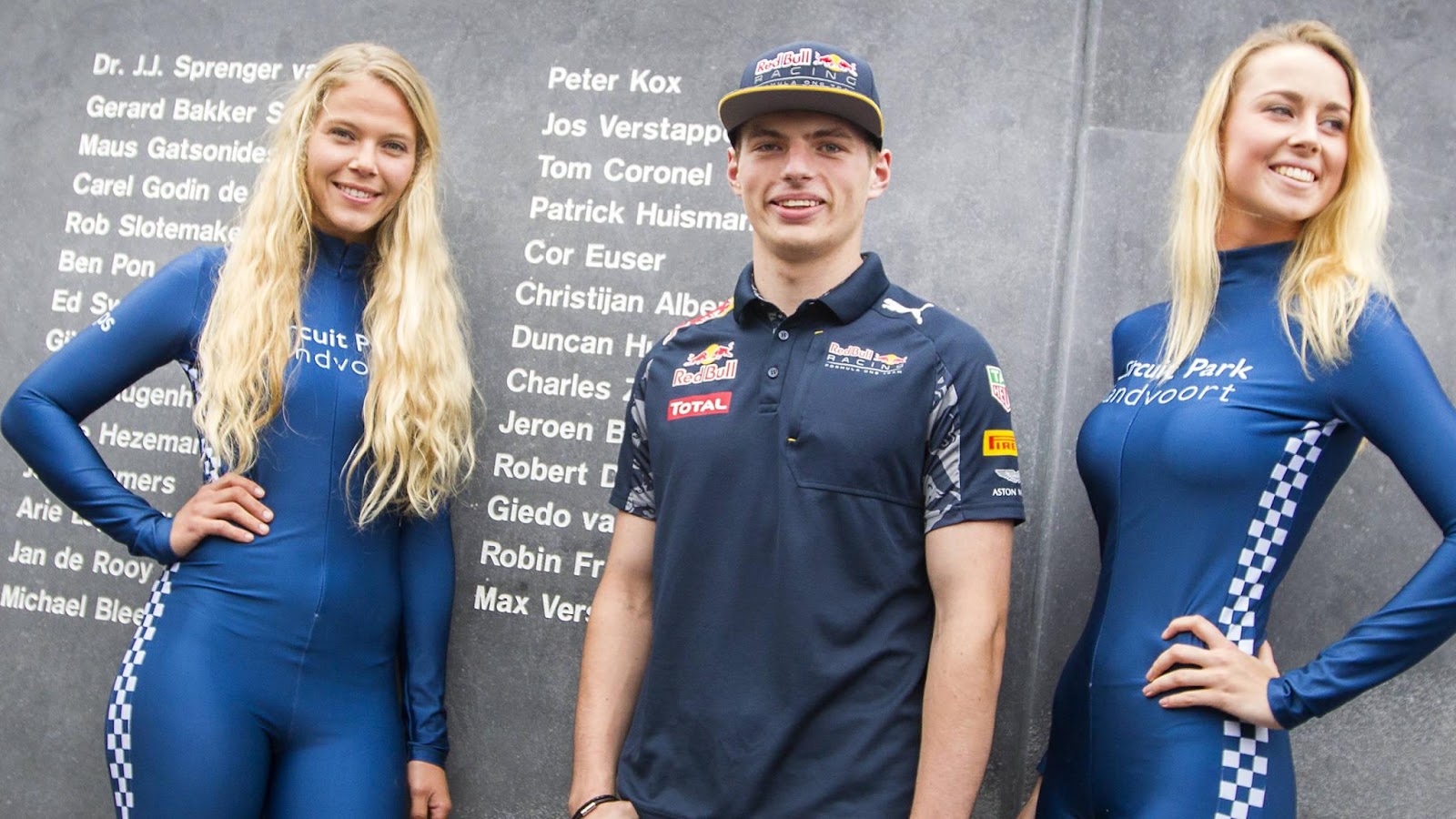
He is worthy to do so.
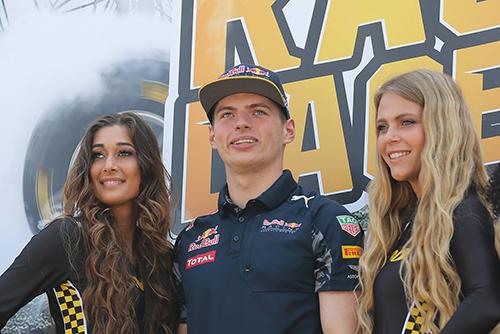
He is worthy of the drivers of the past, he would have been great even back then.
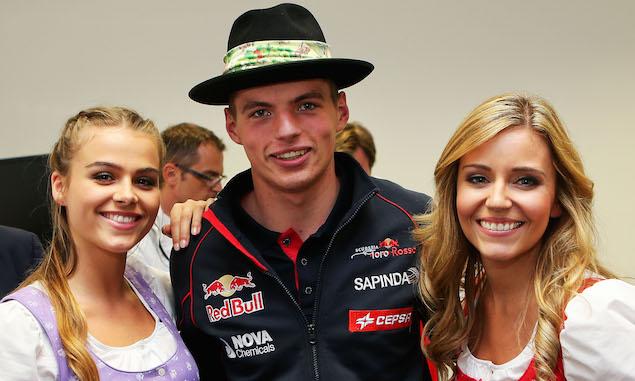
Max was lyrical and said: “I’m here for the official opening of the new Zandvoort circuit in the RB8 F1 car. All in all, it was very special.”
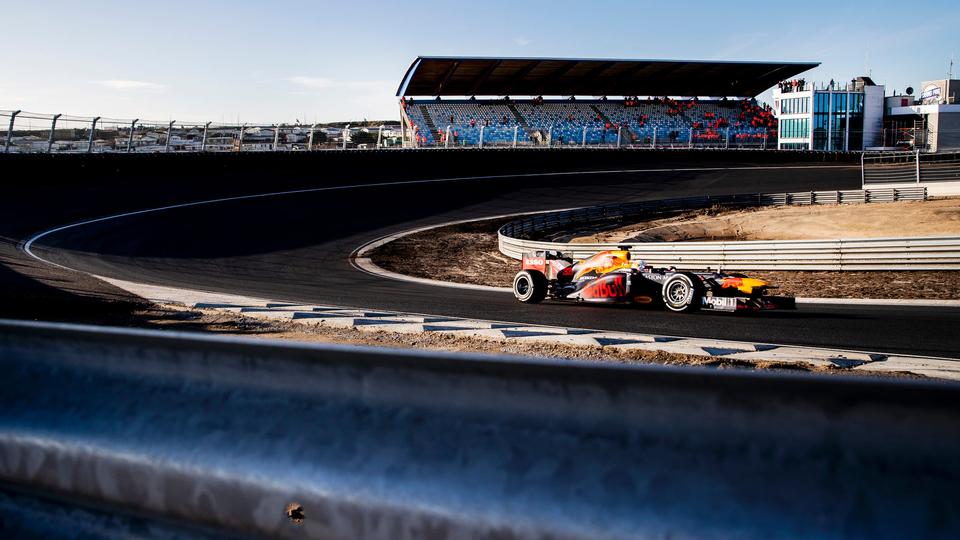
“I liked it very much. In particular turn three and the last turn, that banking feels very special and there are many different lines that you can take in the turn. Really interesting.”
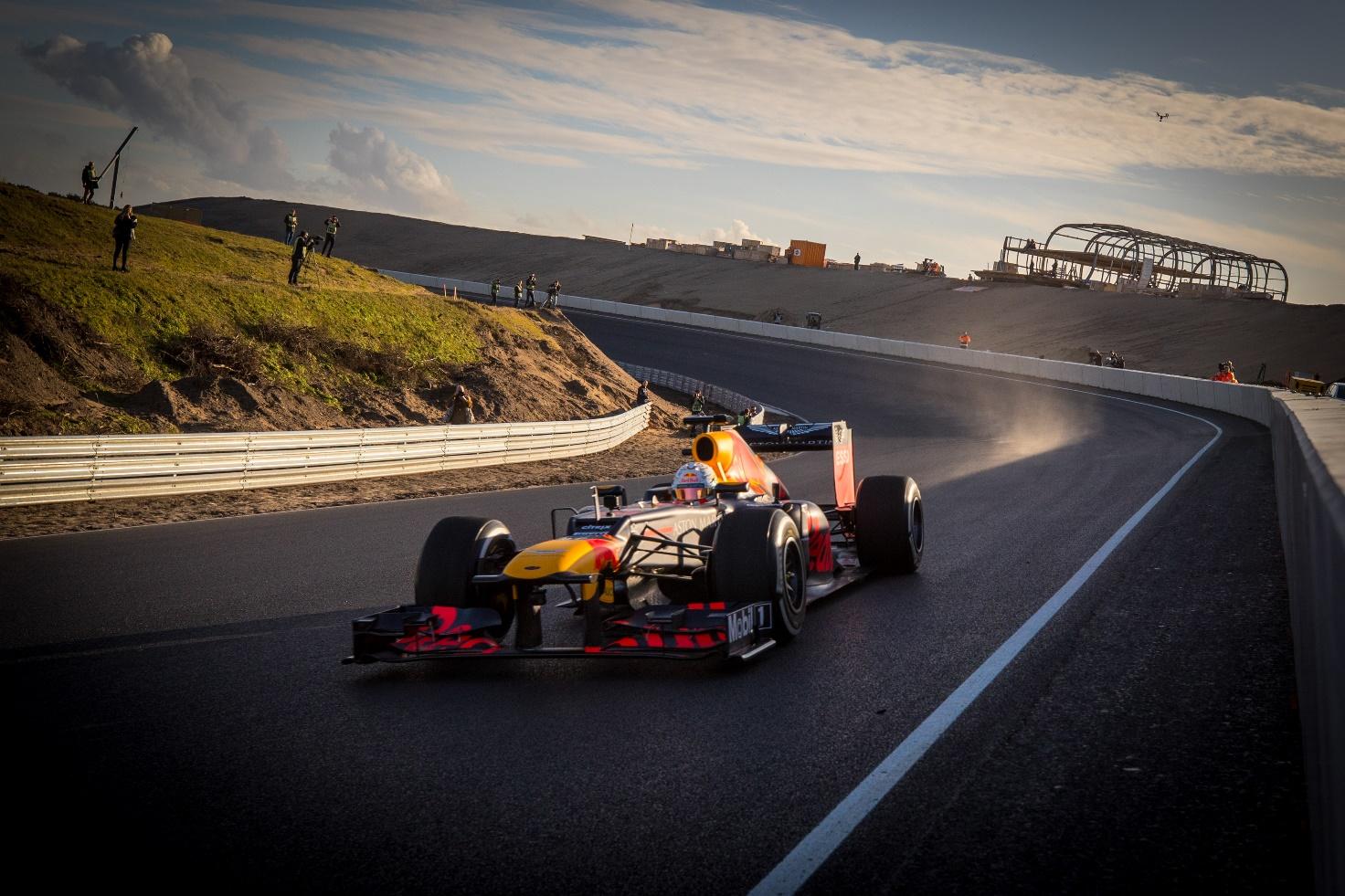
“The nice thing about turn 3 for example, is that it is so banked, that the inside of the corner completely falls away. When you arrive there, you don’t see the inside at all because you are sitting so low in the car. And then….. how you take the rest of the turn, that’s really very different from what you’re used to.”
“In general, it makes me very proud to drive here. I am really looking forward to the race in Zandvoort.
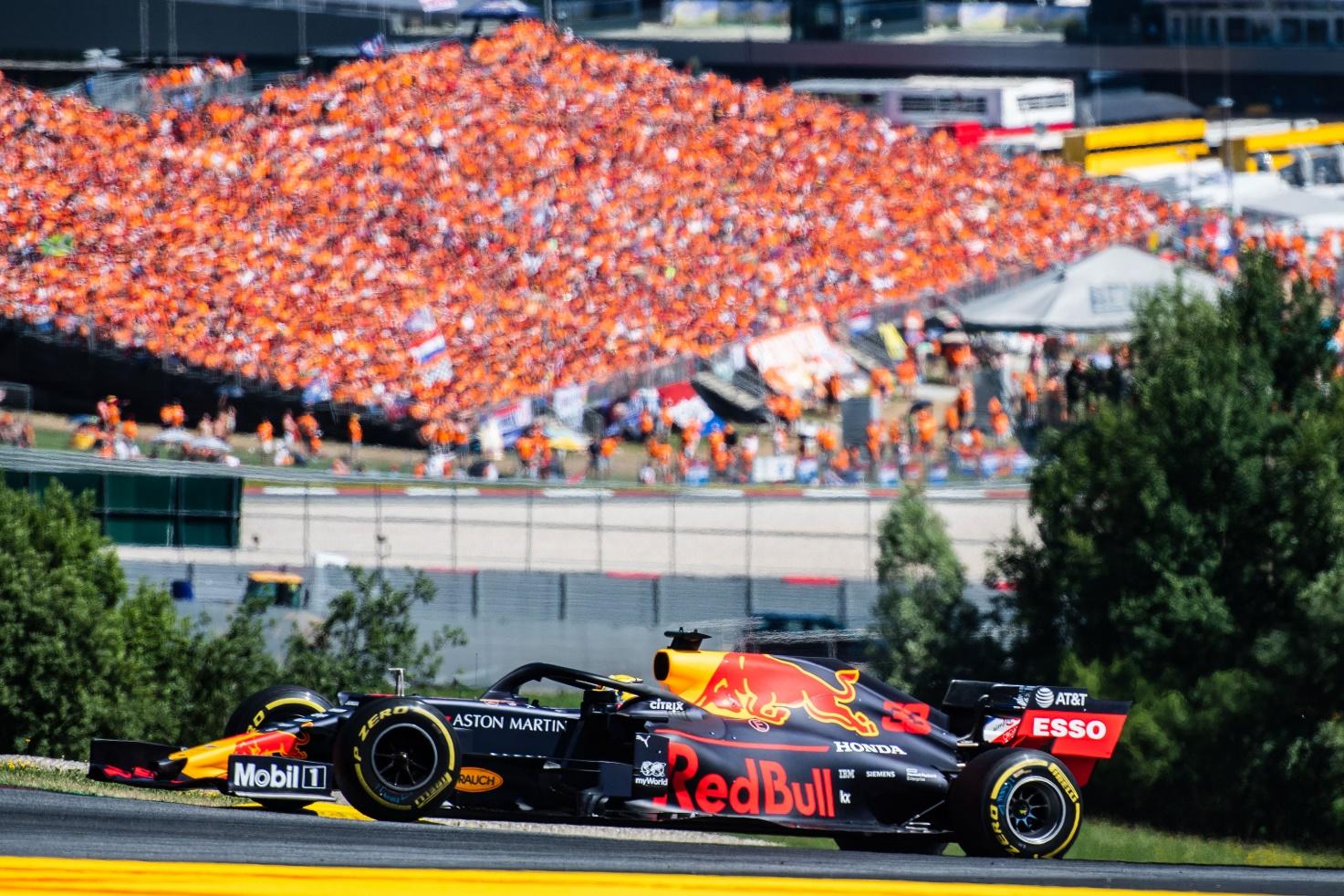
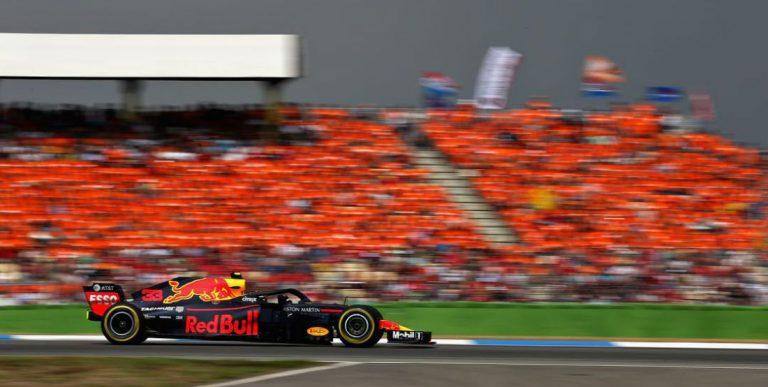
I see the enthusiasm of my fans on the other circuits and it can only get better during the Dutch Grand Prix.”
Verstappen remains the only F1 driver to have done laps on it since the major renovation.
Max is the only one to discuss his early experience with the track, before the official re-entry on the F1 calendar. There has been few local races at the circuit since then – one which included a horrific incident where a Porsche got airborne.
But aside that Verstappen has rated the track well after the massive renovation, although he did mention that – while it was fun to drive and the width is no big issue – it remains to be seen how well it will do in a racing environment with overtaking.
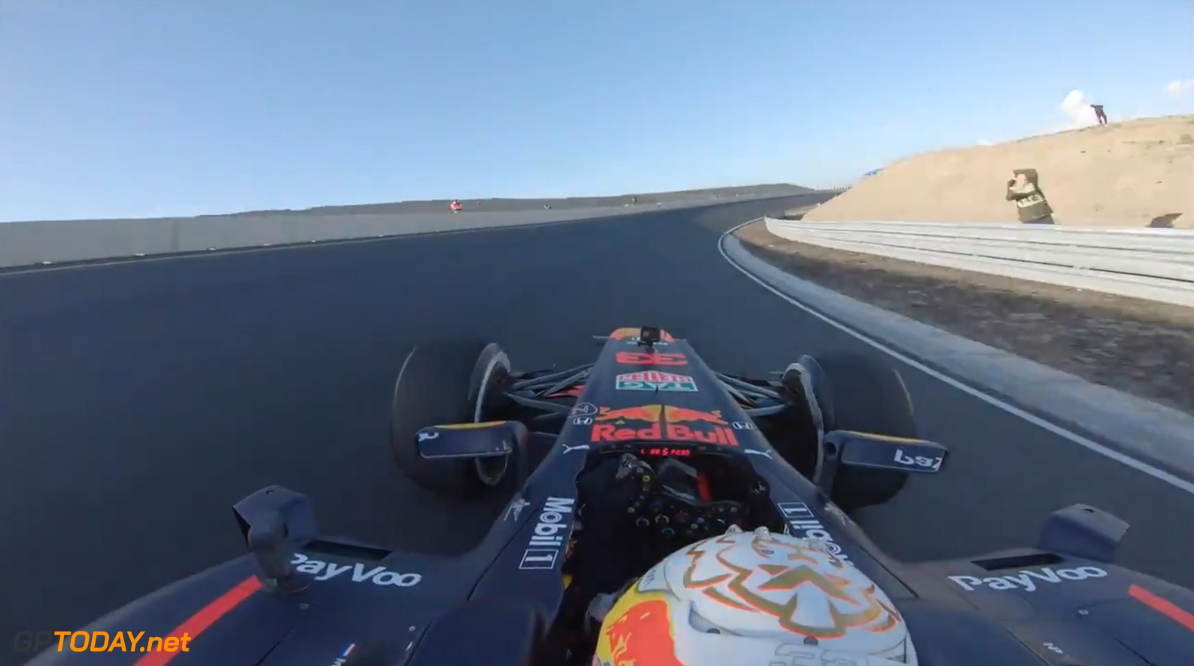
“It was good,” said Verstappen. “I think Turn 3 and the last corner, they look pretty impressive when you are going through the corner. It looks really nice. They did a really good job in renovating the track. It was a lot of fun to drive already with a V8 car.”
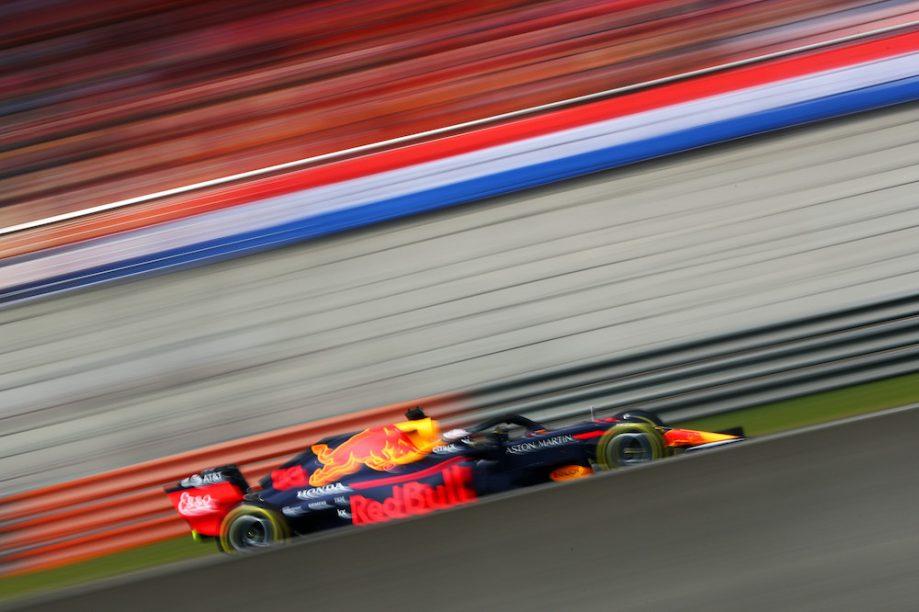
“So, I think already with these cars, it will be even better. The width is more or less the same at Monaco, or when you go to Suzuka, it’s also very old school and it’s not very wide and stuff like that. I don’t think that is a problem.”
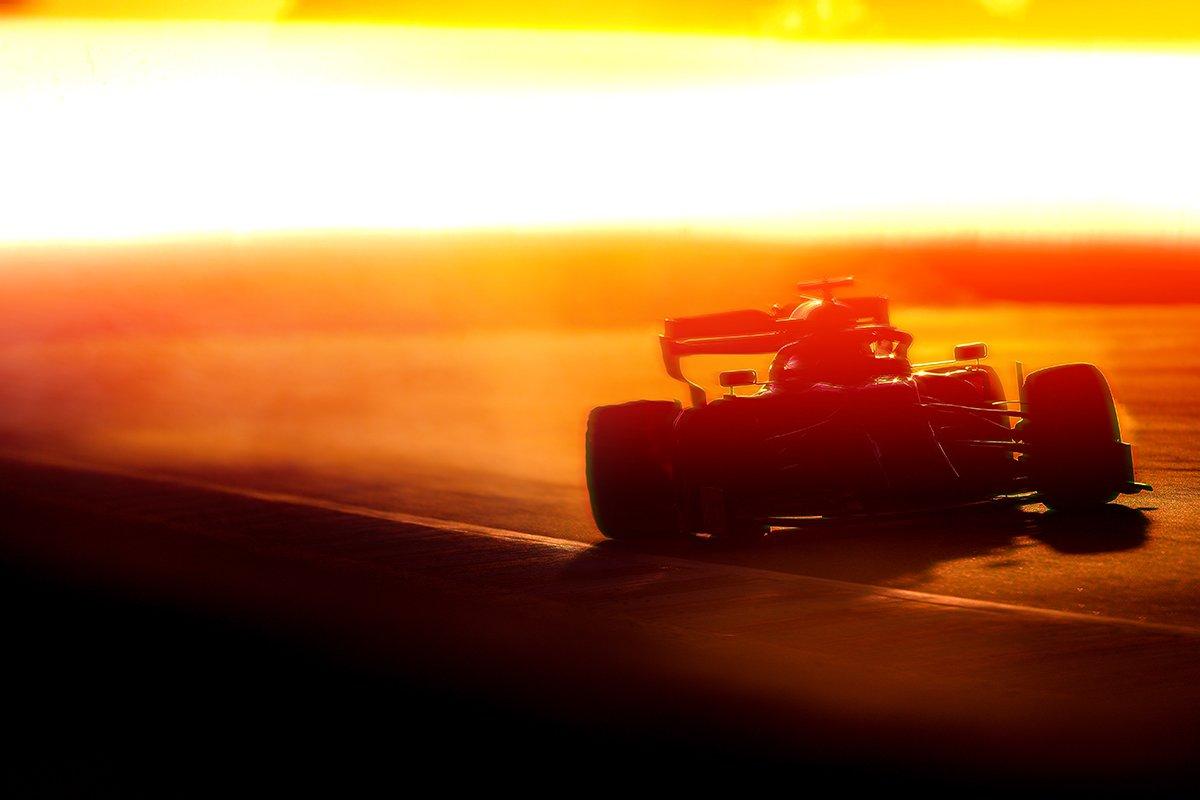
“I actually quite like it. It’s better than having tarmac everywhere and when you make a mistake you just run wide. It’s just going to depend a bit on whether we are able to overtake and stuff,” summed up Verstappen.
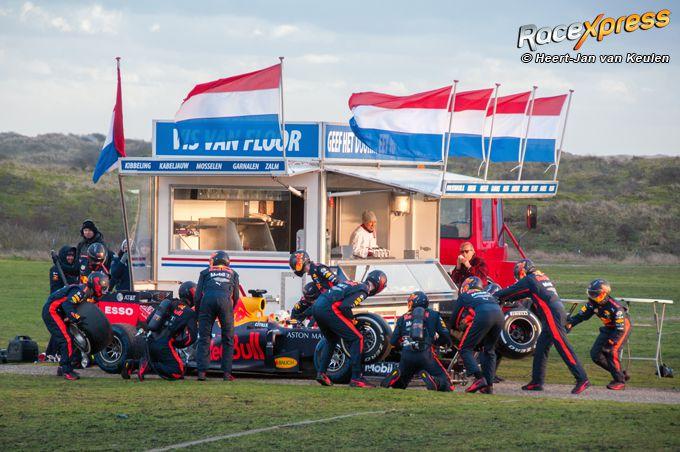
In record time of four months VolkerWessels has very thoroughly transformed the new circuit into a track that the entire motorsport world is looking forward to with curiosity. This is mainly due to the two new spectacular banked corners in combination with the classic track. The first banked corner is the Hugenholtz turn (T3) and is the most extreme corner. Another novelty is the banked Arie Luyendijk corner (T14). Other noticeable improvement is the pit stop exit. Drivers now only re-enter the track after the Tarzan curve.
The current F1 drivers are all very curious about the track that was designed by Italian track designer Jarno Zaffelli from Dromo. The progressive parabolic bend of the Arie Luyendijk corner (T14) has a slope of 15-18 degrees or a maximum of 32% slope. In addition, the slope of turn 3 is even more progressive, relatively flat on the inside, but even steeper up the bend. Numbers there are: 5-19 degrees or a maximum of 34% slope.
Sporting Director of the Dutch Grand Prix Jan Lammers is very satisfied. “The circuit was prepared the current Grand Prix demands in a very short time. For example, the run-off area of the Gerlach corner has been enlarged for safety. The Hugenholtz has become a banked corner, allowing two F1 cars to compete next to each other at the same speed to accelerate more quickly towards the Scheivlak. And then, that blind turn to the right, diagonally down through the dunes.”
According to Lammers, that is one of the most spectacular rides of this circuit for drivers. “There is no other way to experience such a turn.And then as a bouncer De Arie Luyendyk bend through which the cars can ride through each other at a higher speed along the straight end. In short: it has become fantastic.”
Dive into the Sea of Orange.
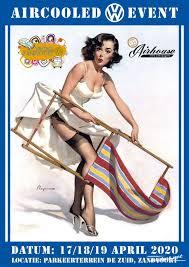
The hundred thousand fans but also all F1 drivers will experience it. Then the Formula 1 Dutch Grand Prix will start with the Super Friday. The first day will be dominated by free practice and all teams look forward to gaining valuable experience for one of the most appealing races of the year.
On 27.02.2020, Davina Michelle announced the Official Song of the F1 Dutch Grand Prix with Frank Dane in the 538 morning show.
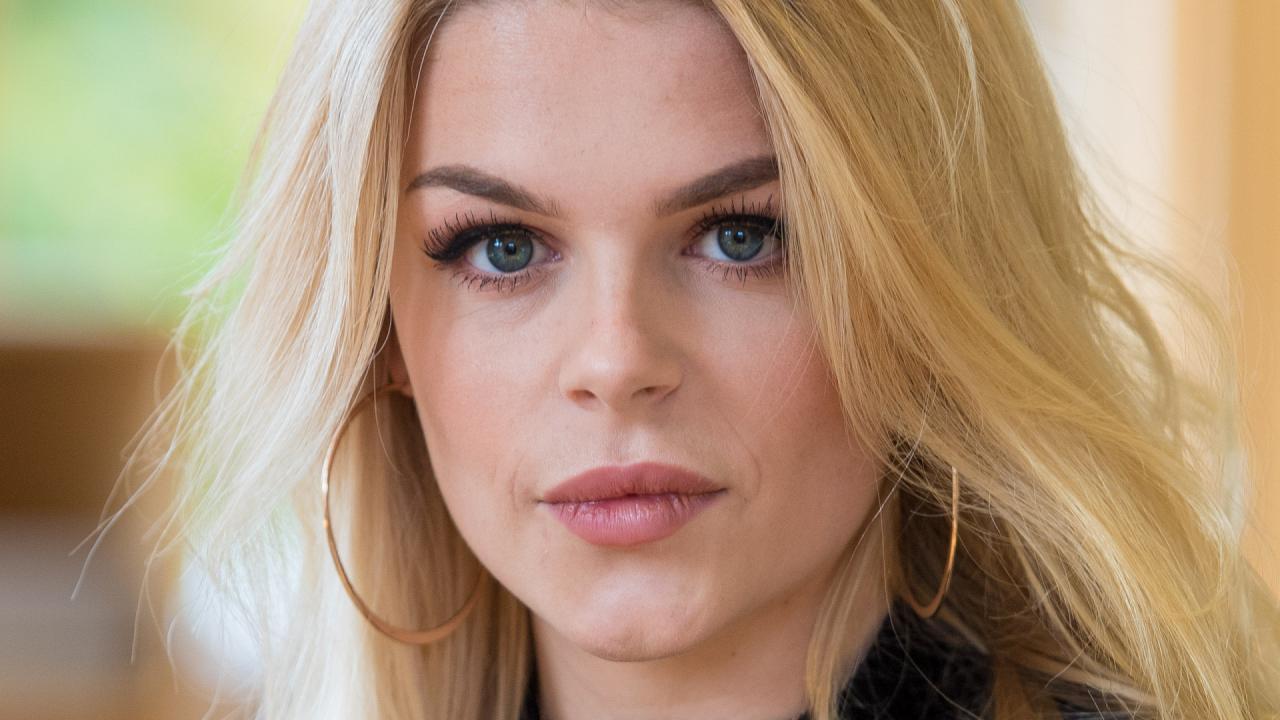
Davina Michelle.
The song, called ‘Beat Me’, is written and performed by the Dutch star and will be shown on TV for the first time on Friday night during the finals of The Voice of Holland.
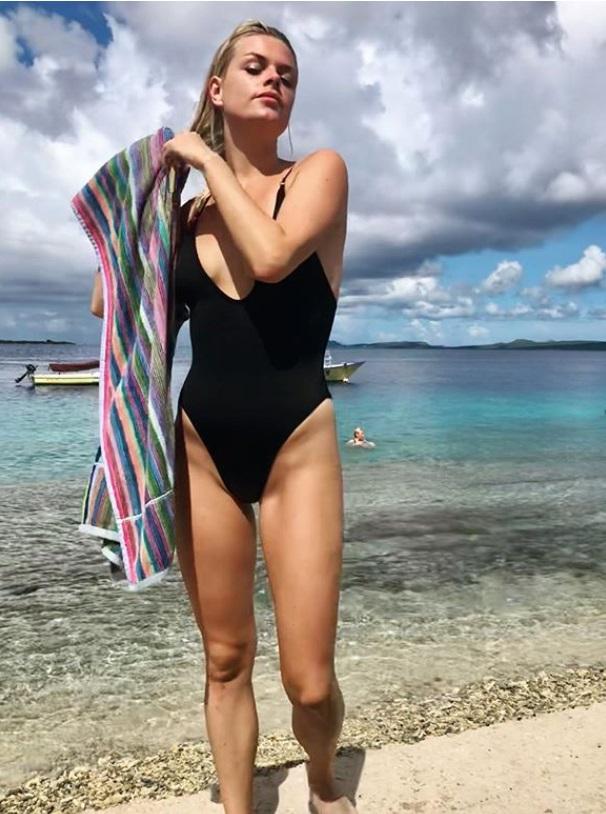
Davina Michelle.
During the event, the Official Song can also be heard everywhere. On Saturday and Sunday, Michelle will be at the mainstage in the fanzone, where the song ‘Beat Me’ will certainly be sung. Davina also plays another important role during the Dutch Grand Prix. She will sing the Wilhelmus, the Dutch national anthem, just before the start of the Grand Prix and prepare the thousands of Dutch fans for Raceday on Sunday in doing so.
The F1 is one of the biggest international sports events a country can organise, only second to the Olympic Games and the World Cup. With three days of spectacular races, live performances and much more, the Dutch Grand Prix wants to show the world what the Netherlands stands for in terms of innovation, entrepreneurship and orange-madness. ‘Beat Me’, written and performed by Davina Michelle, translates precisely this feeling and puts Dutch talent on a world stage.
Davina Michelle: “I’m so proud to have made a track for the Dutch Grand Prix! ‘Beat Me’ is about how hard work, trial and error, can make you achieve endless goals. ‘Racing’ has been used metaphorically here, but the fact that we can hold such a big international event in our small country, by putting our backs into it, reflects the message behind ‘Beat Me’!”
ZANDVOORT (2 December 2019) – The F1 World Championship season has now come to an end, but Circuit Zandvoort is a hive of activity to make the arrival of F1 happen. The F1 Dutch GP becomes reality, major activities have already been accomplished at the Dutch national motorsport facility.
A plethora of shovels, draglines, trucks, rolling machines and other equipment can be found at and around the circuit. At various places, staff of specialised companies are working hard to carry out the necessary activities according to schedule. Tunnels are installed underneath the track, the paddock is levelled and expanded, the lay-out of the circuit is modified at certain places, gravel beds are changed and, undisputedly the most spectacular aspect, bankings are installed as a part of the significant change of two corners – a unique element in Formula 1.
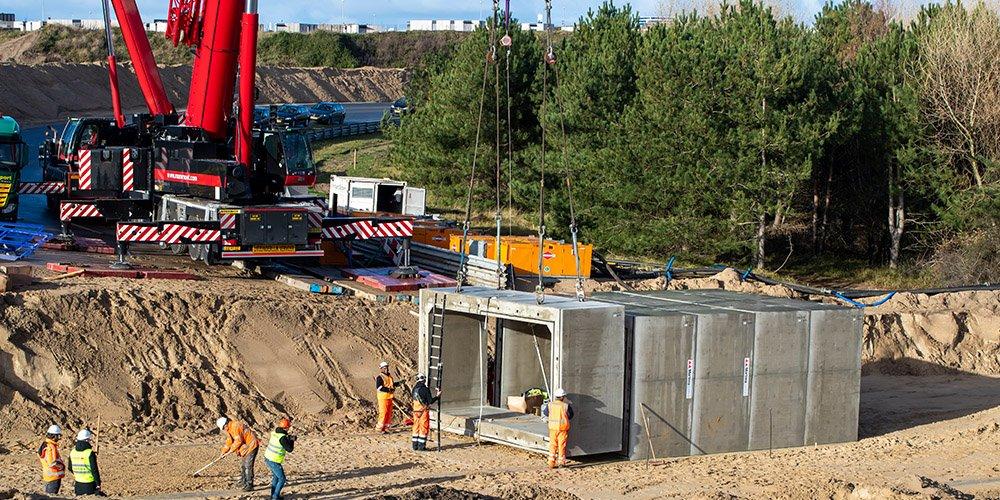
“With these modifications, Circuit Zandvoort becomes the most demanding and most beautiful circuit in Europe, perhaps even in the world,” Jan Lammers, sporting director of the F1 Dutch GP, commented. “Coming from Zandvoort myself, but also as a motorsport fan, that is making me quite proud!”
Erik Weijers, the circuit’s chief sporting officer and head of sporting operations of the Grand Prix, looked back upon the process of turning Formula 1’s return to Circuit Zandvoort into reality. “Back in January 2017, Formula One Management made its first visit to Zandvoort. In September 2018, Charlie Whiting, who sadly passed away since, visited the circuit for the first time on behalf of the FIA. A lot of work has been done to make it all happen and progress becomes visible every day.”
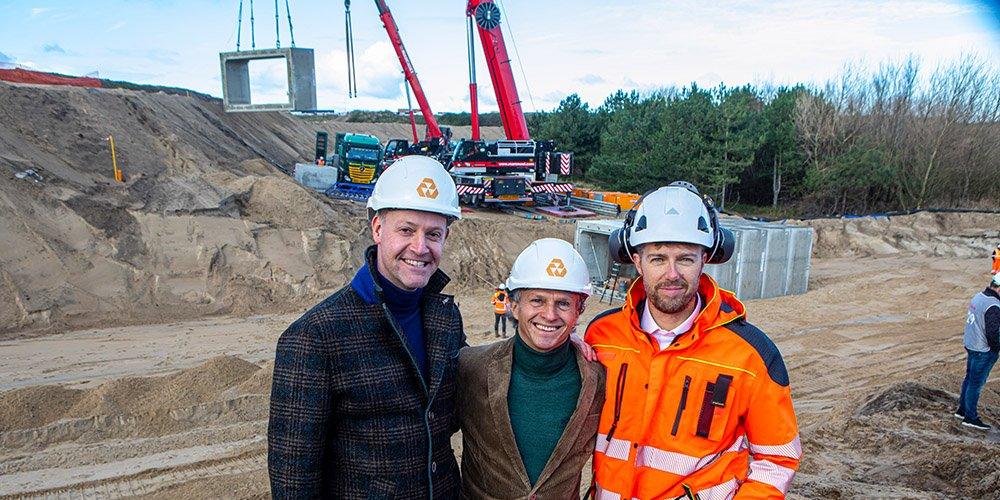
Robert van Overdijk, managing director of Circuit Zandvoort and the F1 Dutch GP, reported that yesterday, 1 December, the official request for the event permission was submitted to the local authorities in Zandvoort. “Well in time, five months in advance, to enable everyone involved to have a thorough look at it, just like we have worked together with all the authorities in a very close and constructive way in the time prior to submitting the request. Together, we are raising Zandvoort to a world level.”
Rob Langenberg, head of event operations, addressed the logistical aspects of the event, particularly mobility and accessibility. “Of course, the train is our key to success, but the bicycle is crucial as well,” Langenberg said. “We are using vehicle passes to ensure that Zandvoort remains accessible for everybody living, working and staying there as well as for visitors of the Grand Prix.”
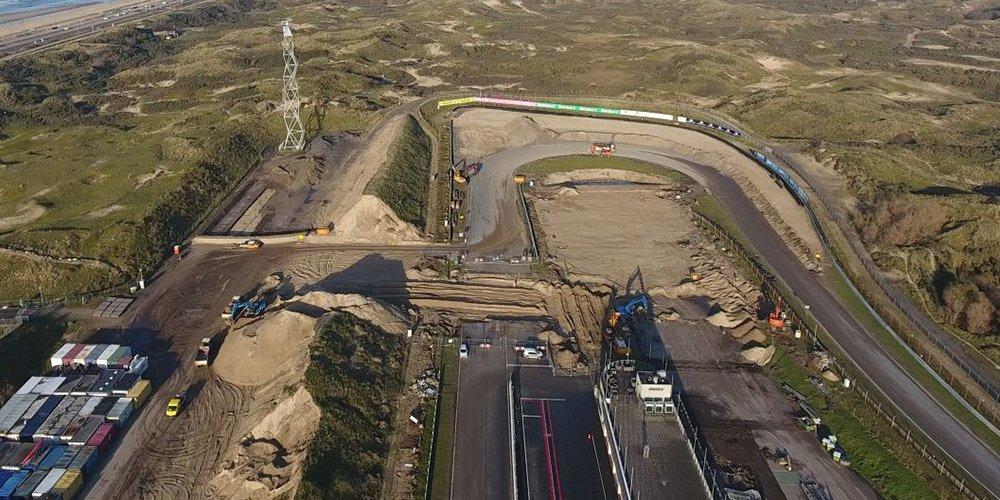
To implement the modifications of the track, the circuit worked with Italian agency Studio Dromo that has a vast worldwide experience in this field. “We took Zandvoort’s special character into account, we have maintained it as well as we could and even reinforced it at some points,” Jarno Zaffelli of the Italian agency explained. He emphasised the specific characteristics of the banked corners Hugenholtzbocht and Arie Luyendijkbocht.
Modifications to the circuit are scheduled to be ready in February. They will be followed by the installations.
17.01.2020, ZANDVOORT –The renovation of the circuit is on schedule. In addition, important steps are being taken in the field of entertainment, partnerships and promotion. All this to fulfill the promise: The Ultimate Race Festival. That was announced today on January 17, 2020 during a meeting with media representatives.
First artists and DJ’s announced. In addition to the battle for the GP of the Netherlands and the accompanying spectacle on the track, the best Dutch DJ’s and artists will perform in the Fanzone of the F1 Dutch GP for an unforgettable show.
Track improvements. The work is being carried out as planned. Curb stones are currently being installed and very soon the new asphalt layer will follow. The FIA and KNAF have been involved since the start of the renovation work.
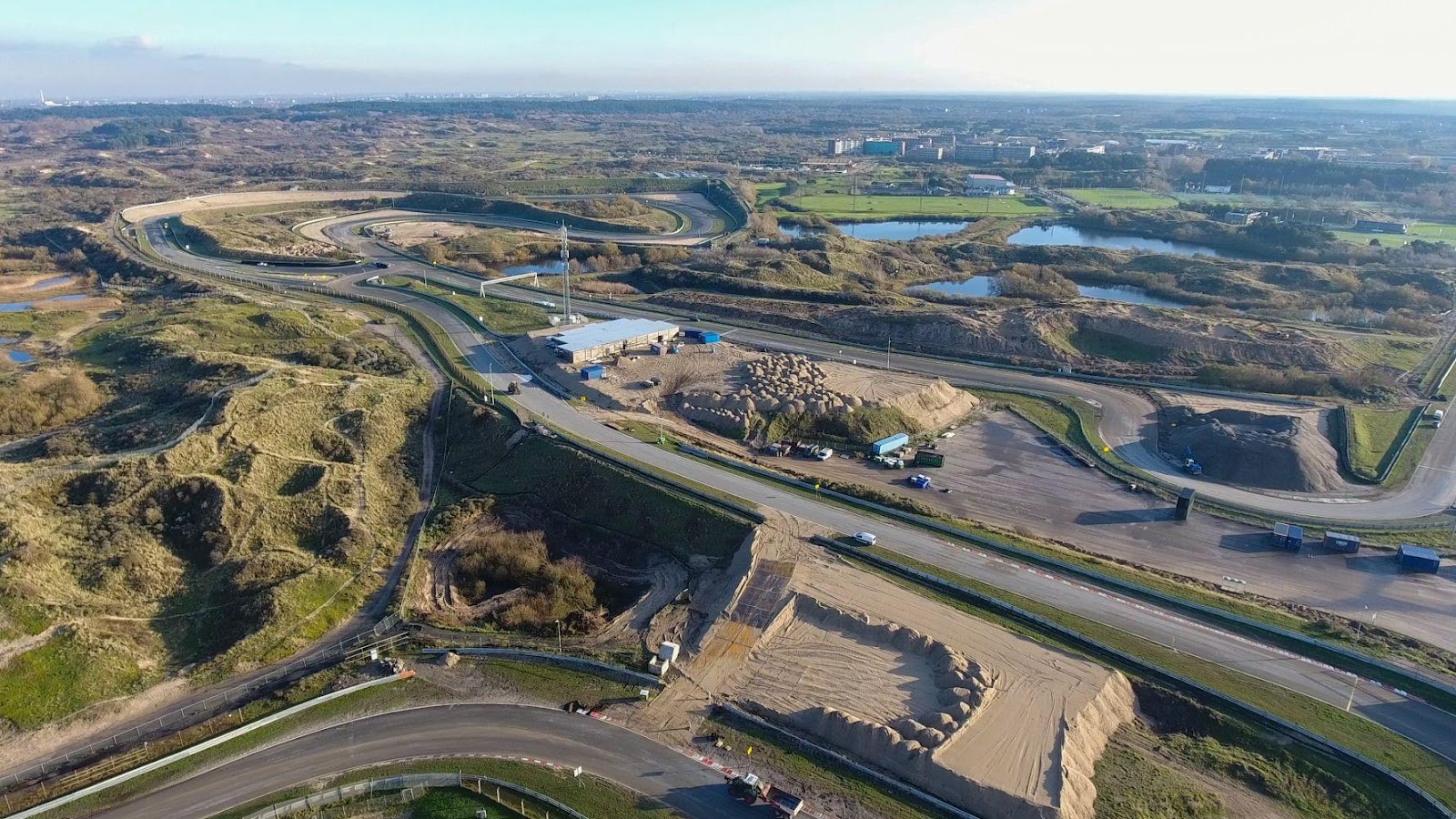
The FIA Race Director F1 visited the circuit at the beginning of December and again there was another visit at the beginning of January. The actual Grade-1 license will be issued once all work has been completed.
Zandvoort from the golden age had a disenchanted, happy atmosphere with a hippy vocation.
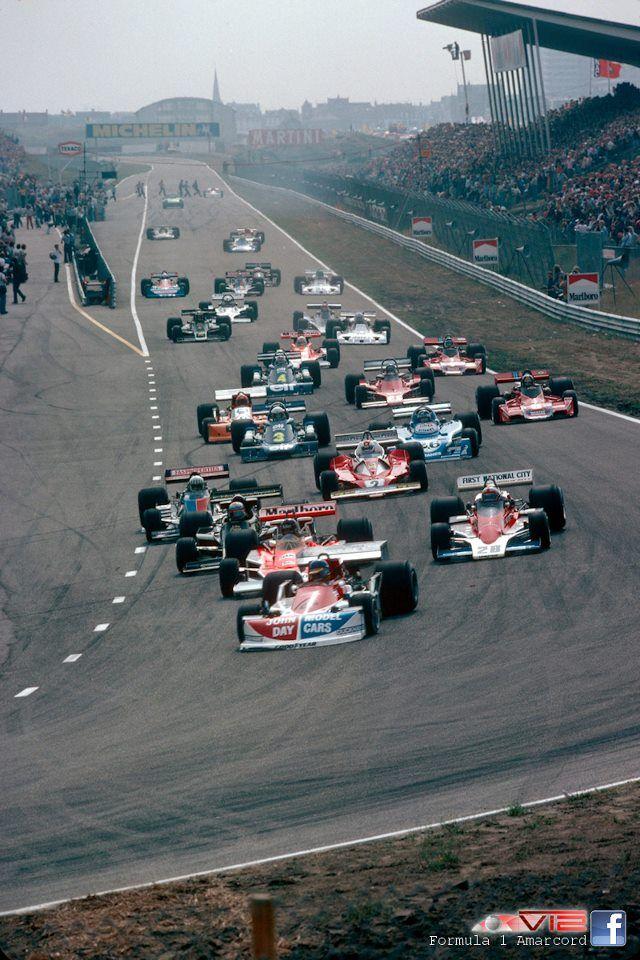
1976 Formula 1 Dutch Grand Prix.
Something similar to Watkins Glen but with a Nordic connotation that made it unique, magical.
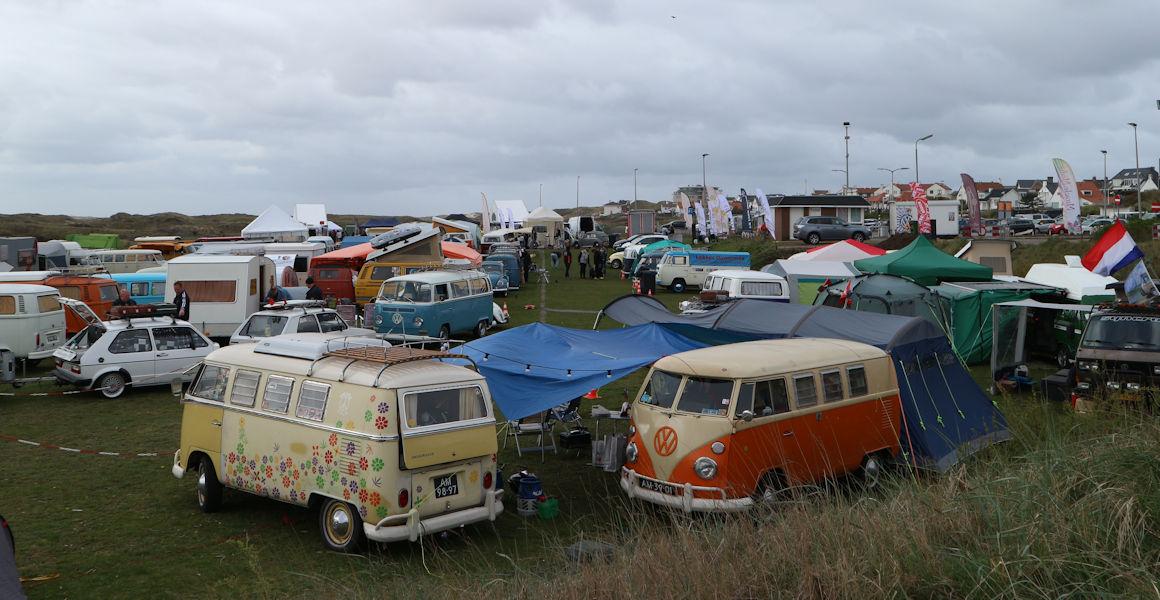
Here the phrase “women and cars” was sublimated.
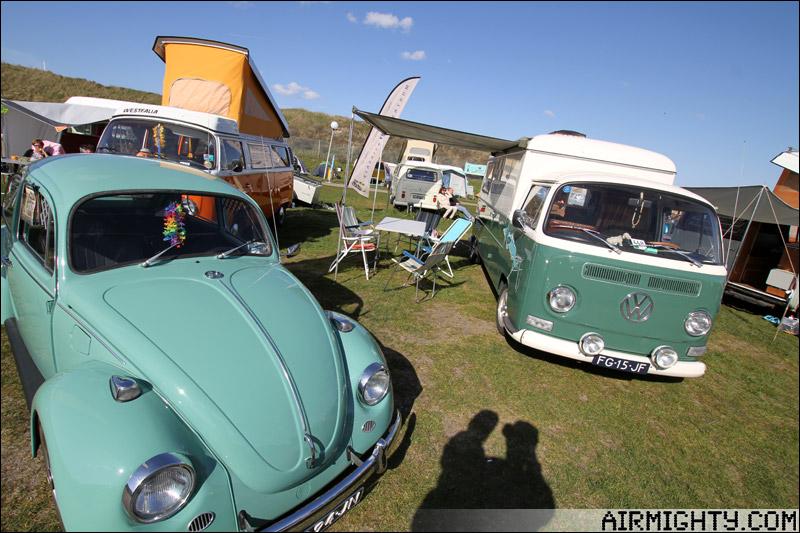
You had fun the night before with breathtaking women and you raced on Sunday in an unforgiving circuit. All with a simplicity now totally unknown.
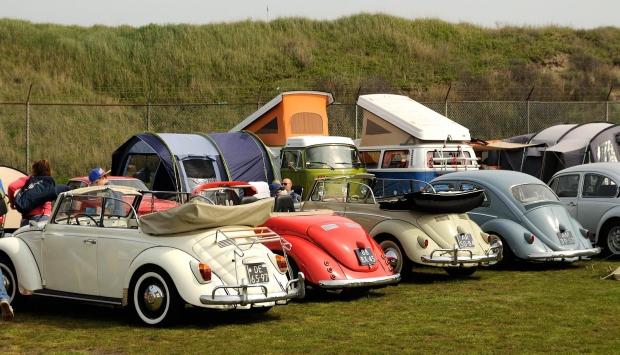
Life was identified with pure fun and was lived with candid serenity. Here time stood still.
Zandvoort was the emblem of an era that no longer exists. Those who lived and can tell it have been absolute privileged. Remembering those moments today puts chills up your spine.
The roaring years of motorsport have had the backdrop of beautiful girls, present in various ways on the circuits.
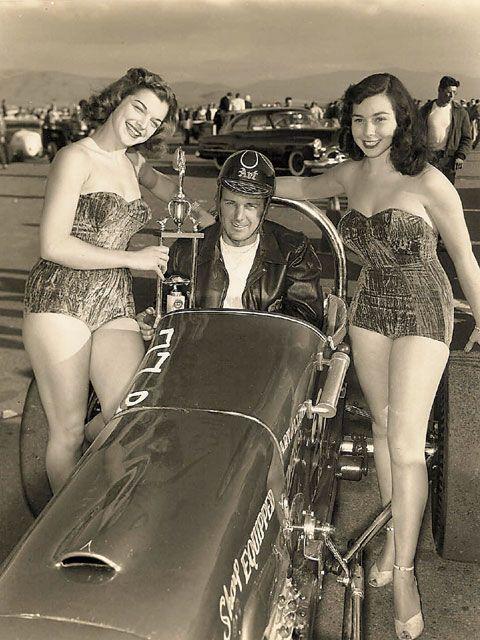
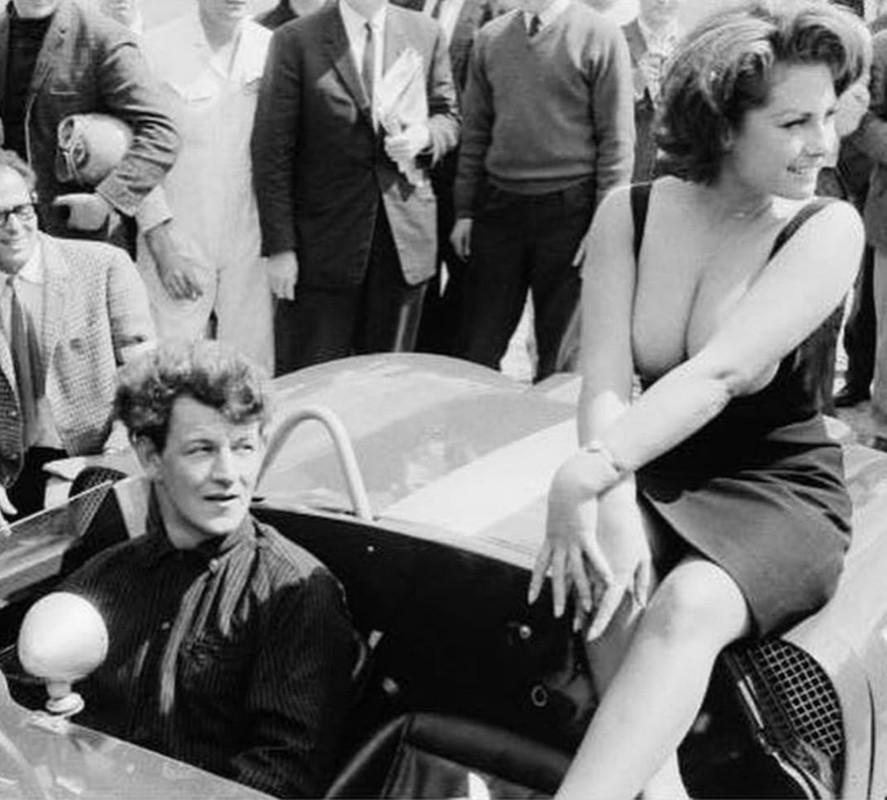
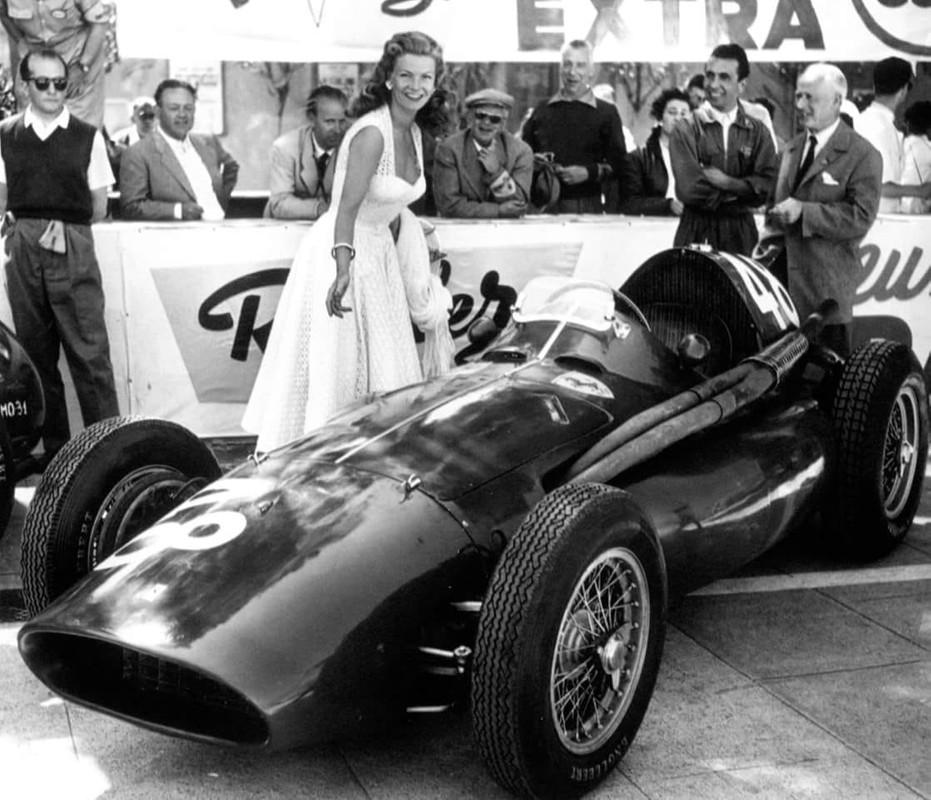
Piero Taruffi and his wife Isabella.
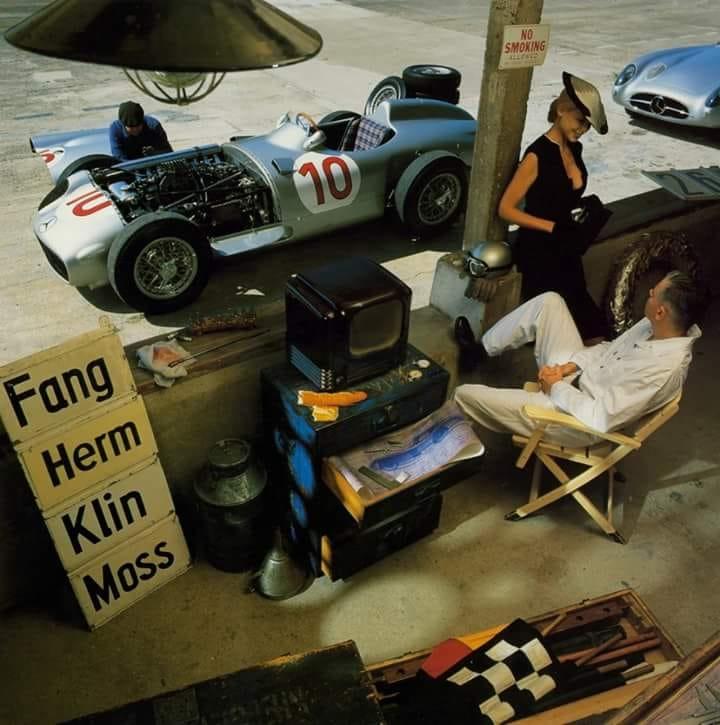
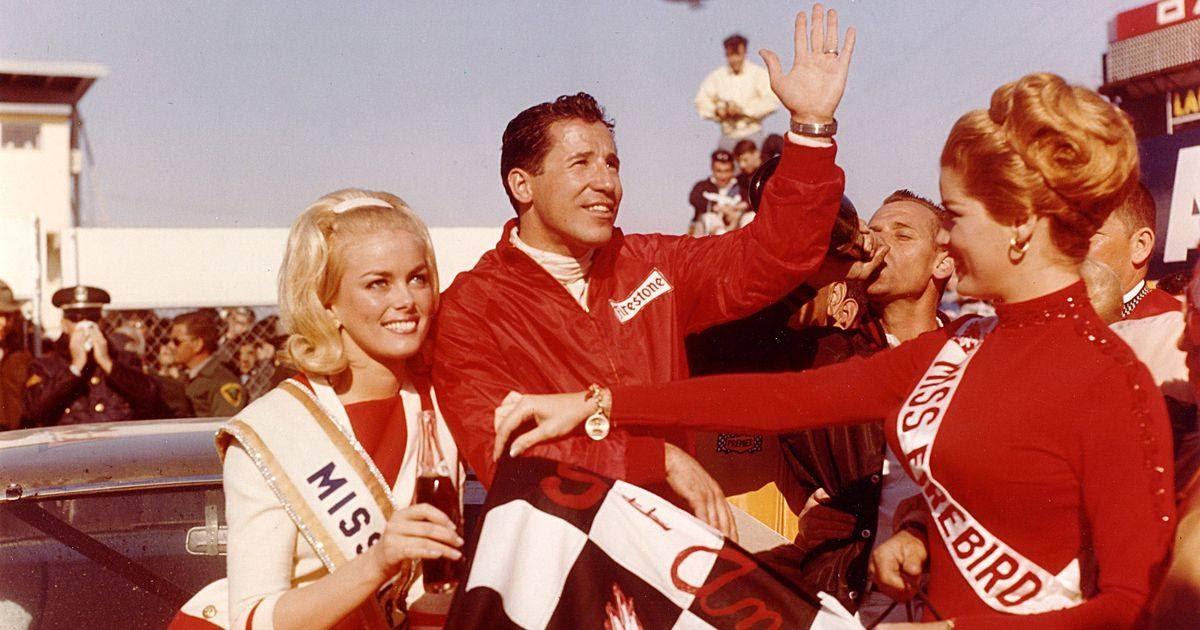
Mario Andretti, winner of Daytona 500 in 1967.
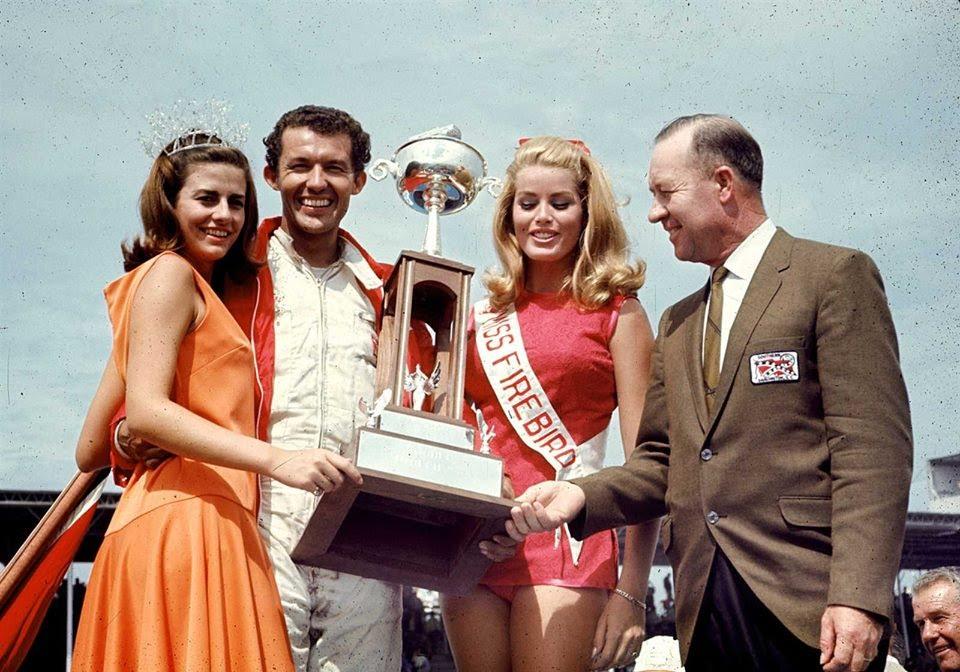
Richard Petty, 1967.
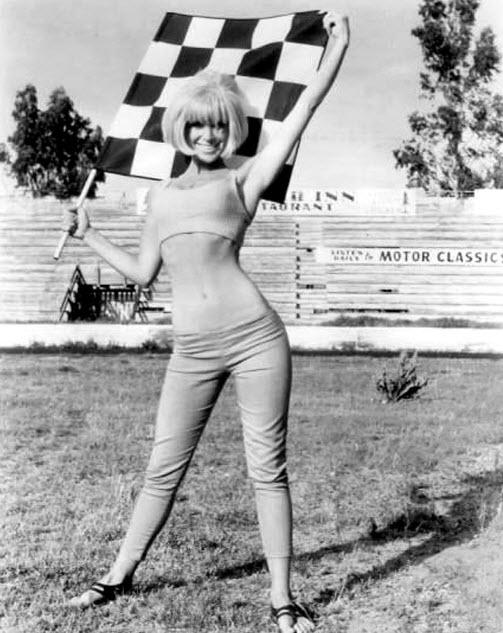
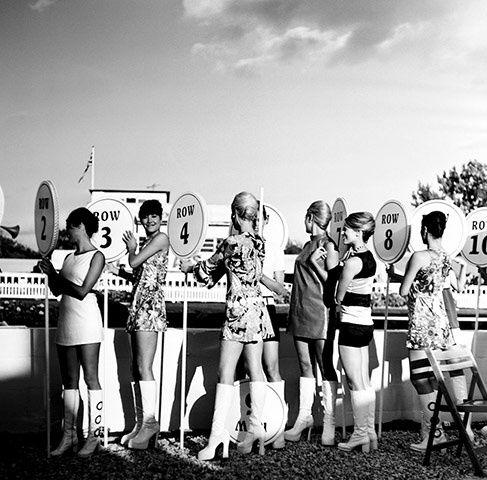
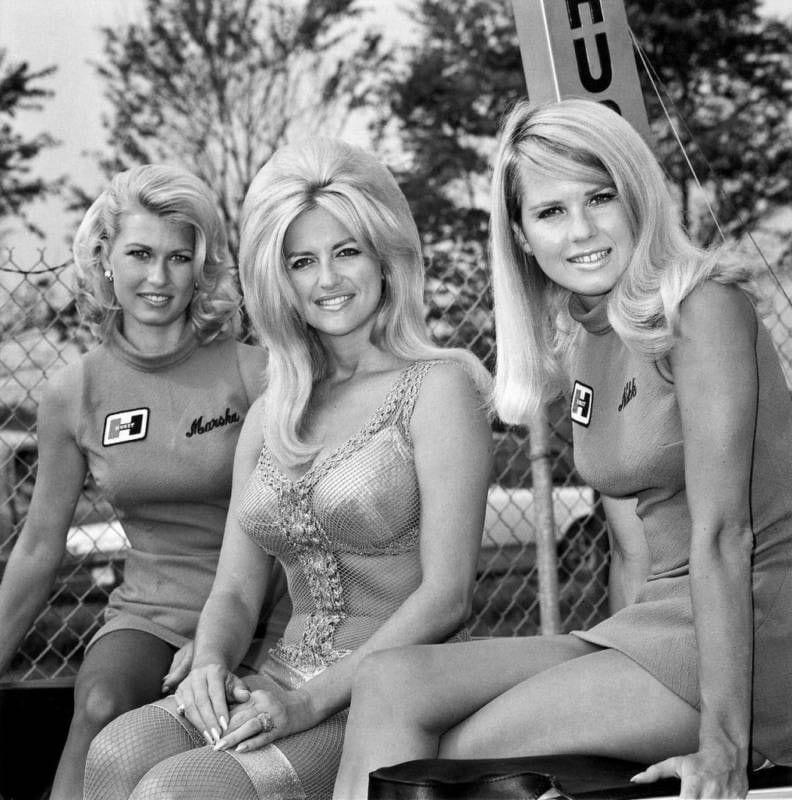
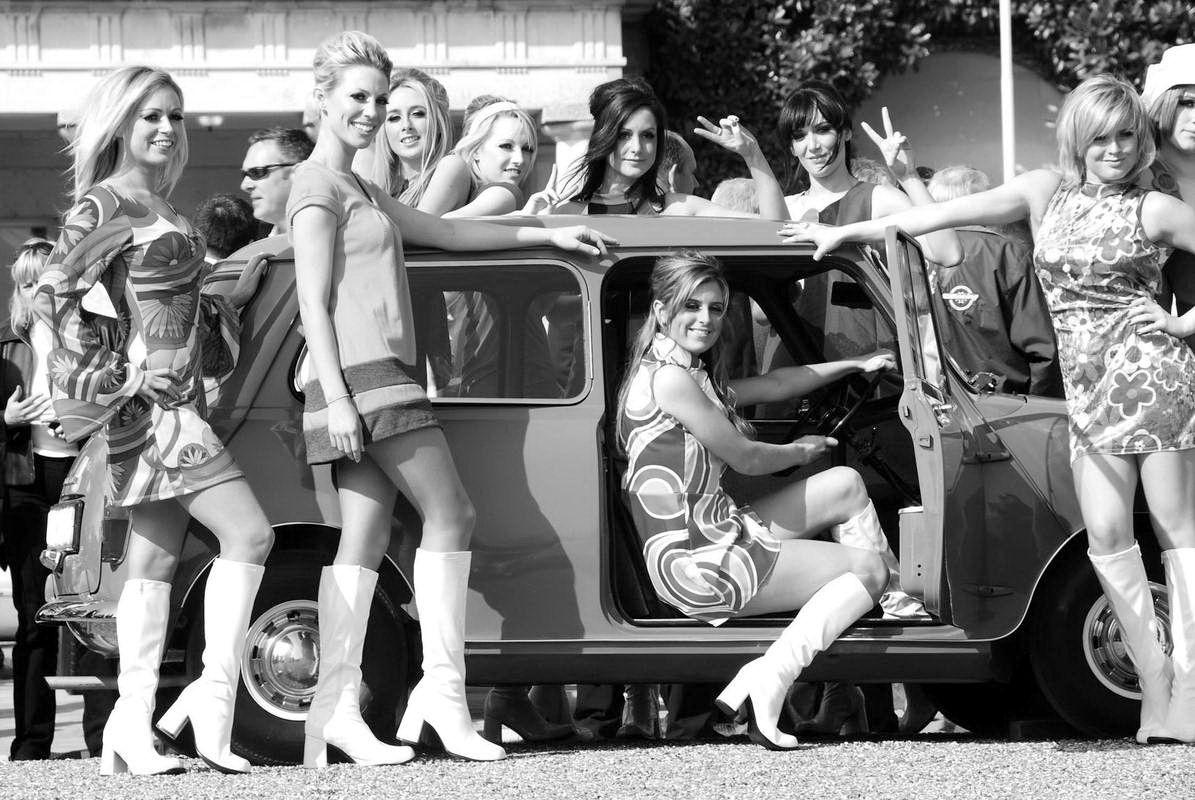
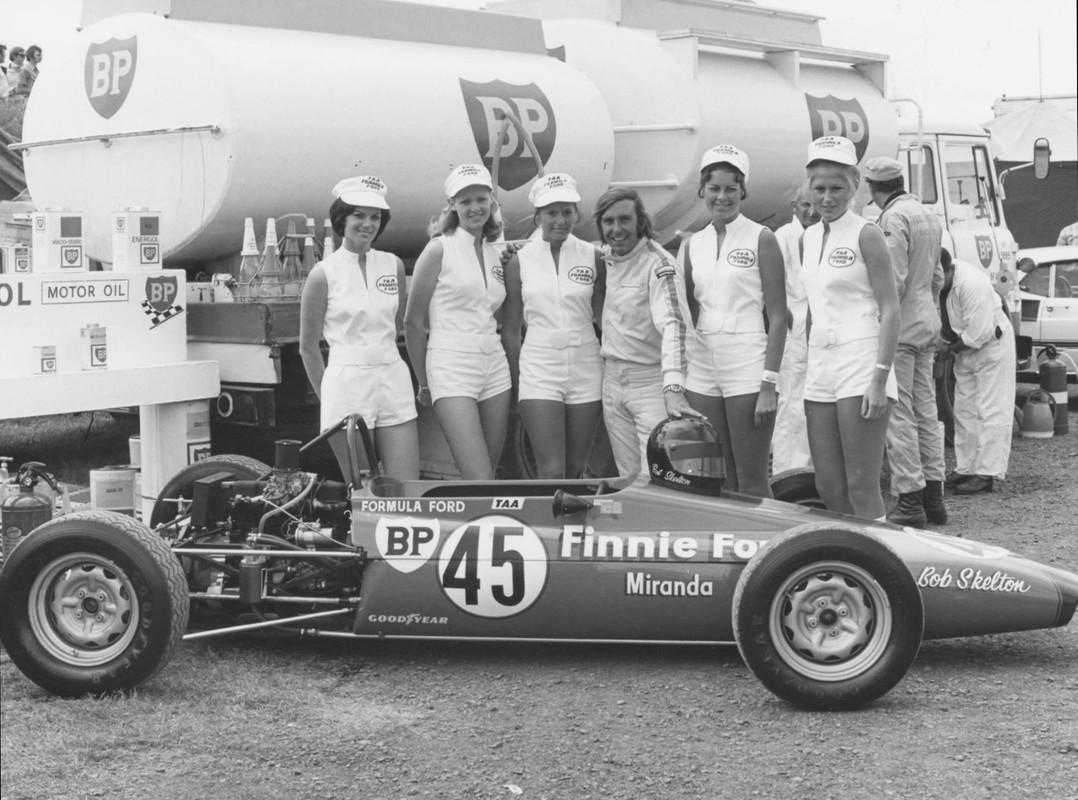
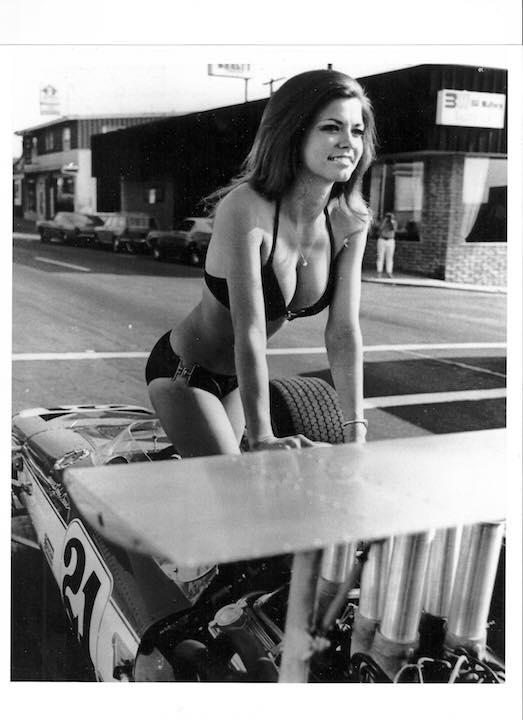
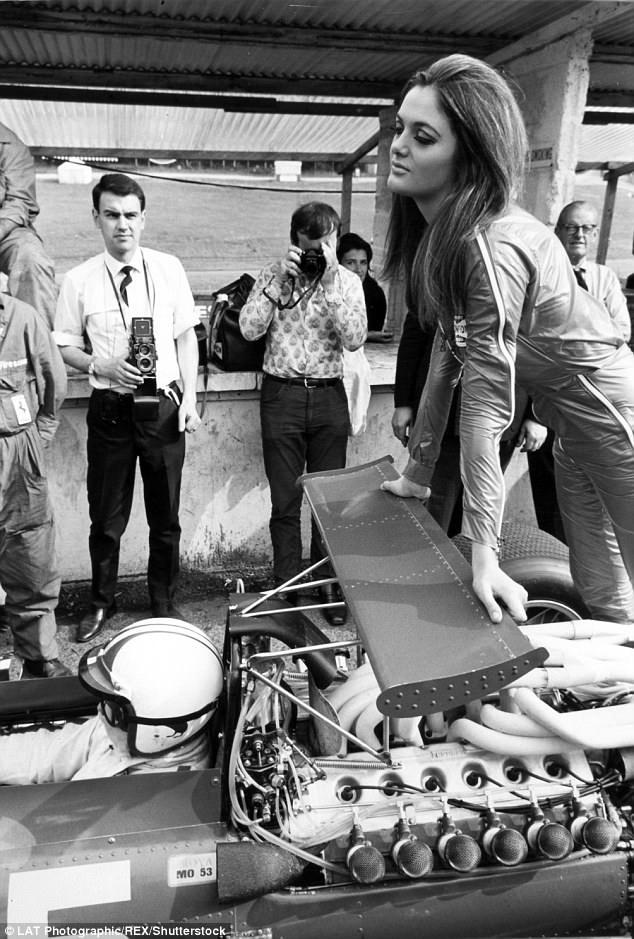
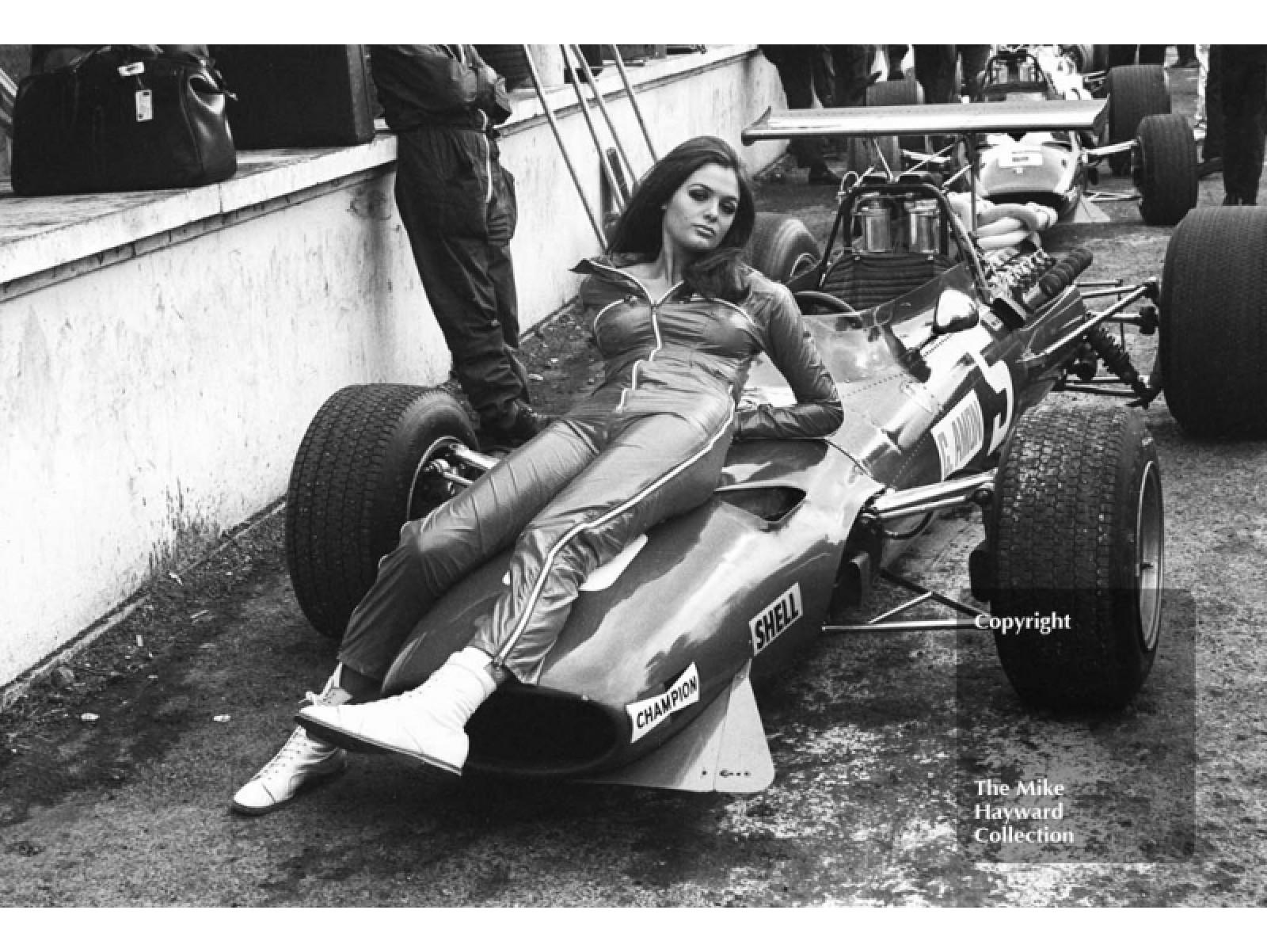
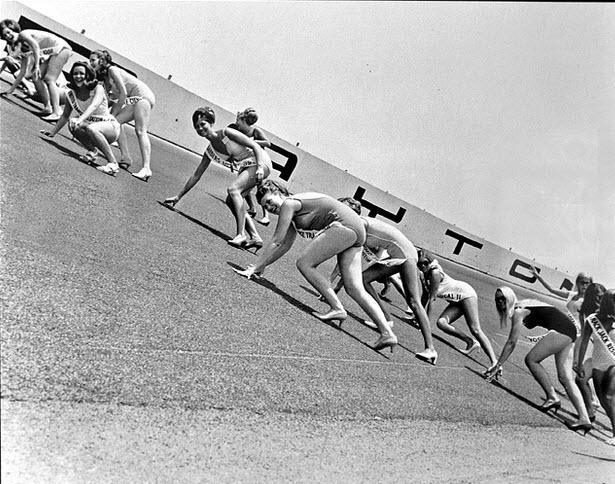
Daytona Speedweek, 1971.
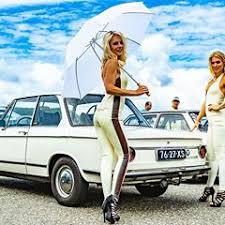
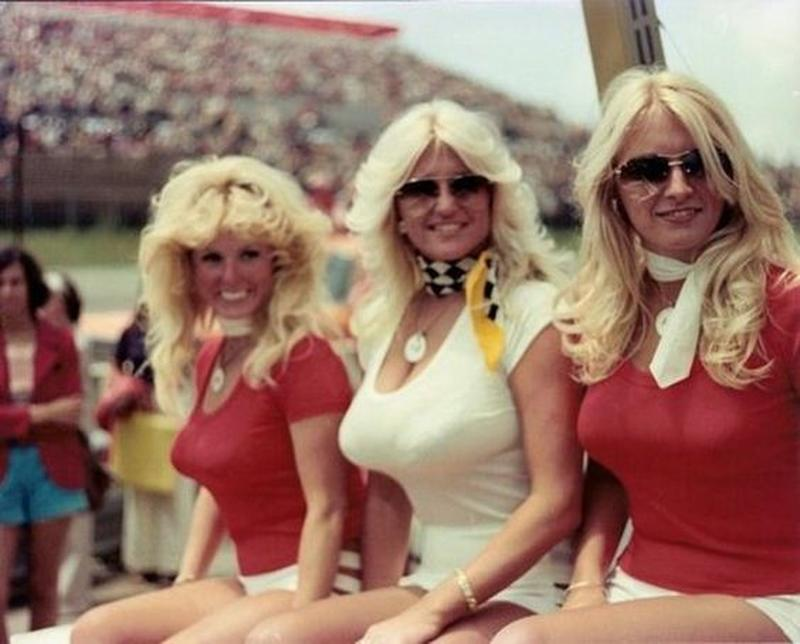
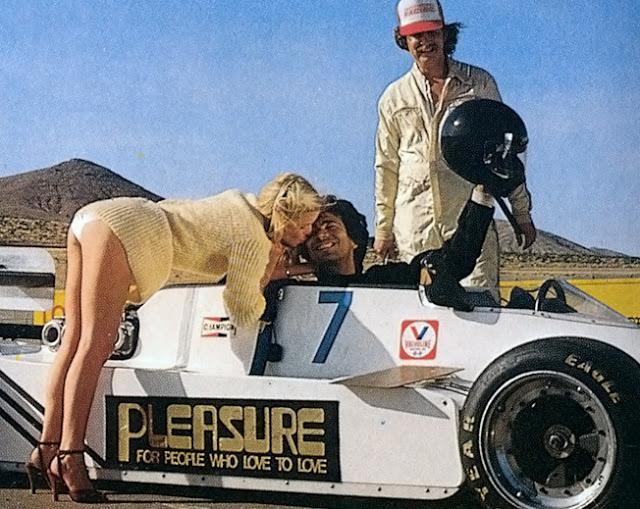
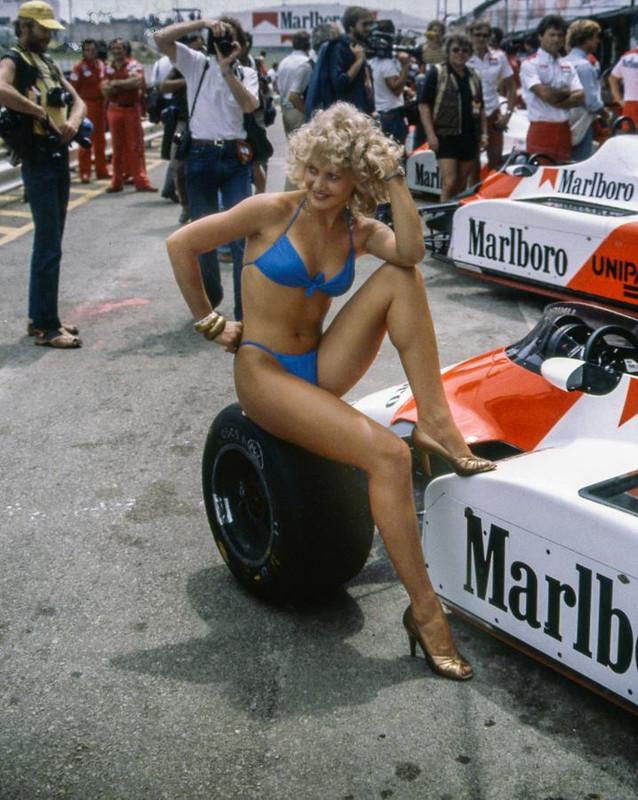
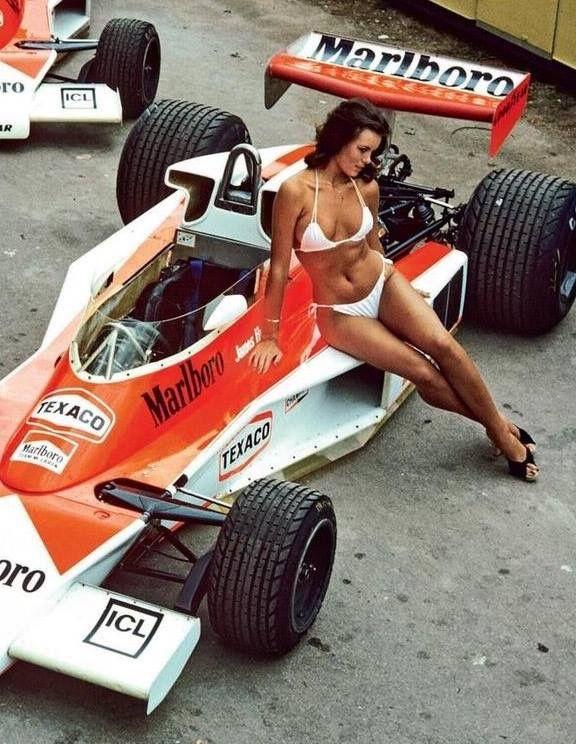
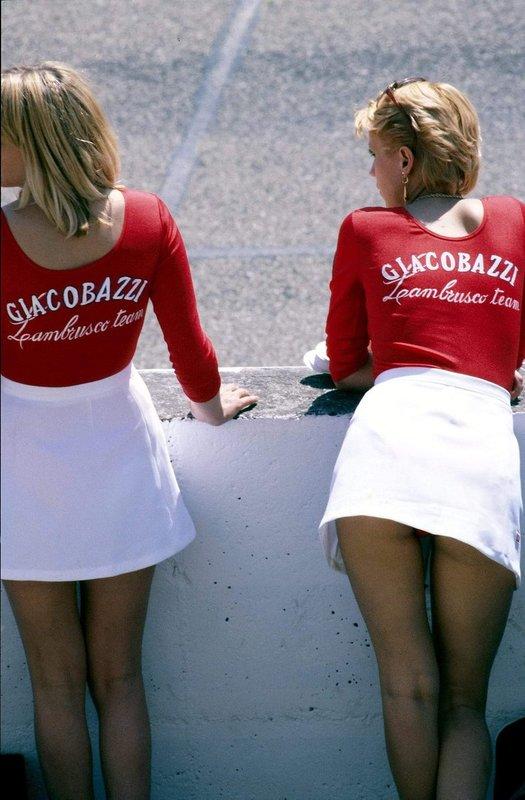
The Zandvoort circuit, in particular, had some of the most beautiful grid girls of the time.
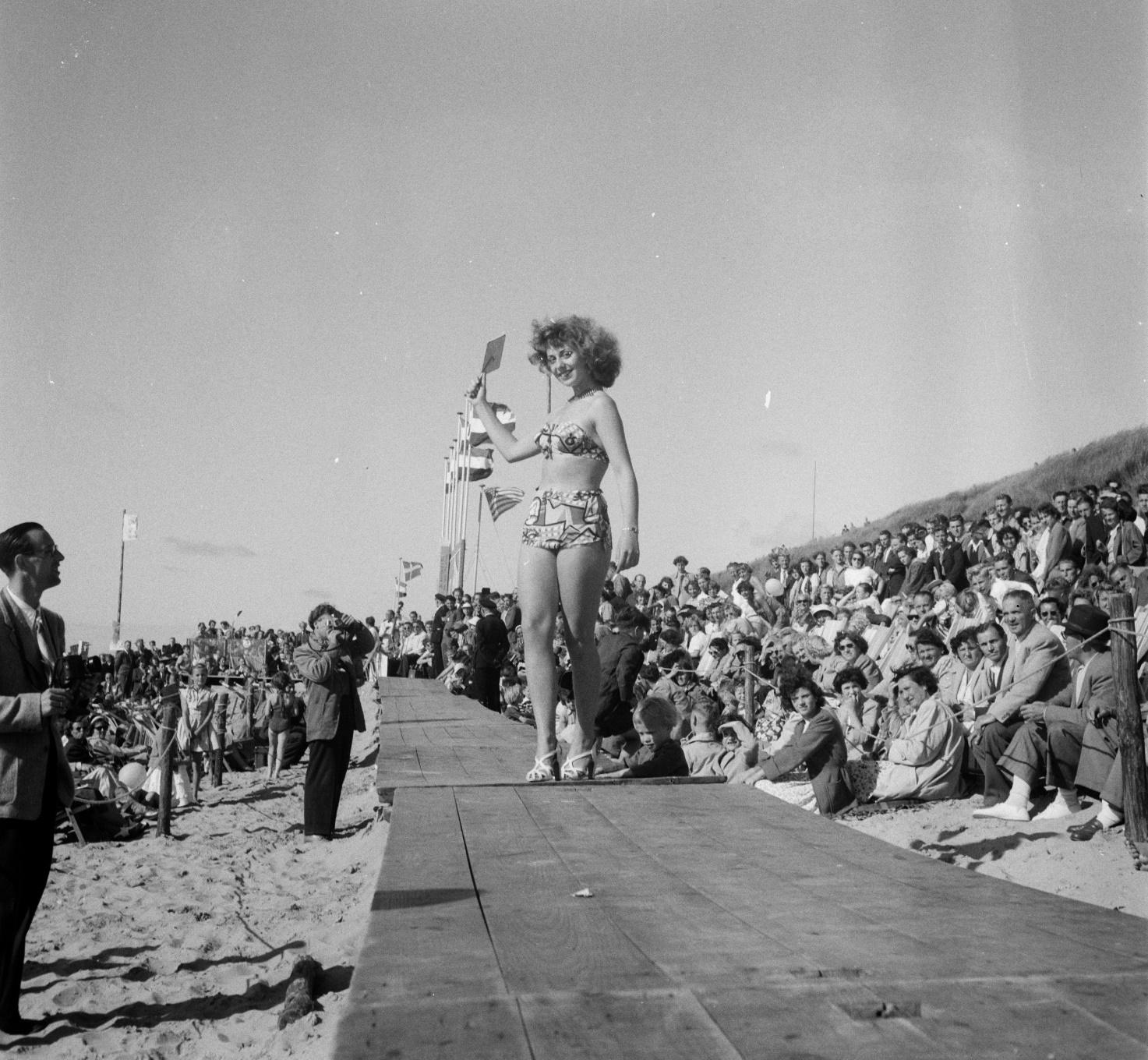
Miss Zandvoort 1951, Maria Christina “Mimi” Kok.
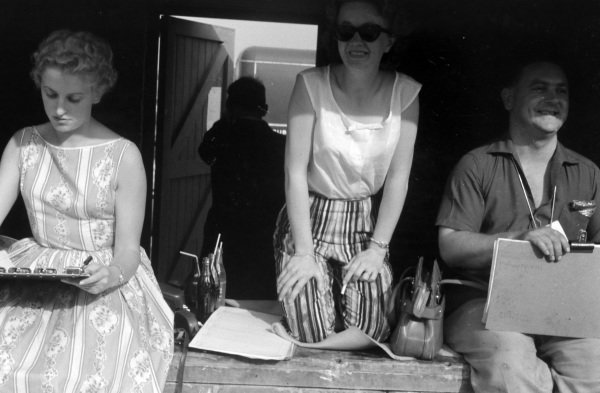
Patty McLaren, Zandvoort 1960.
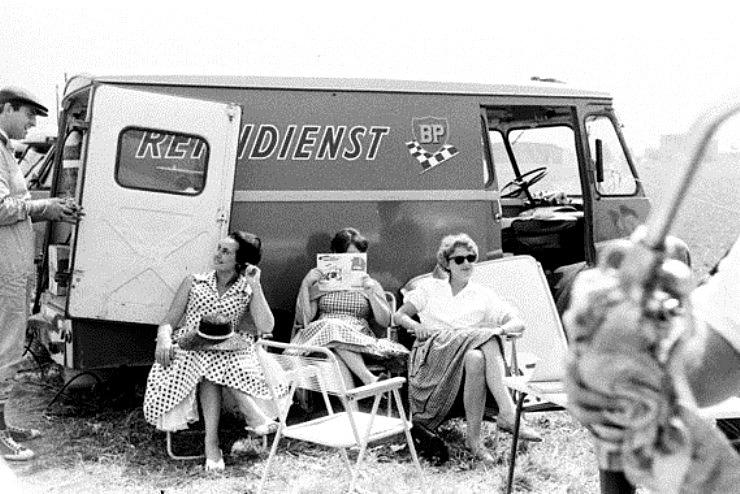
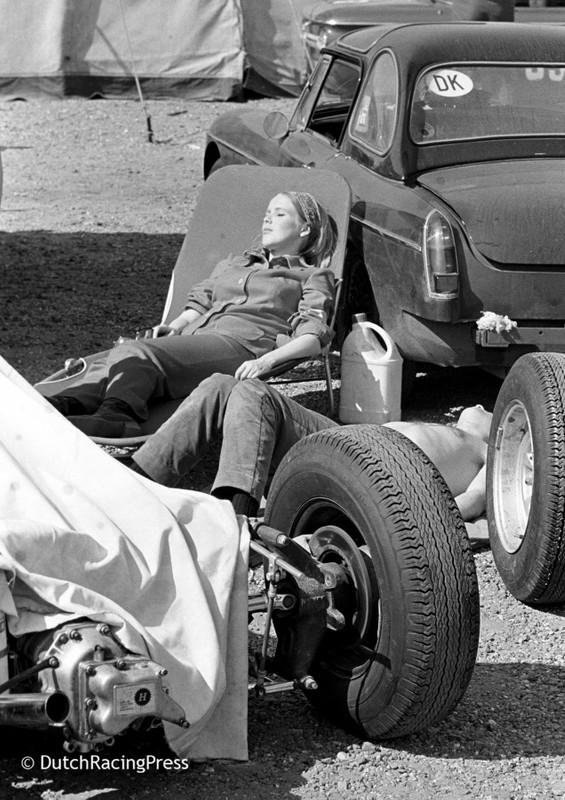
Zandvoort.
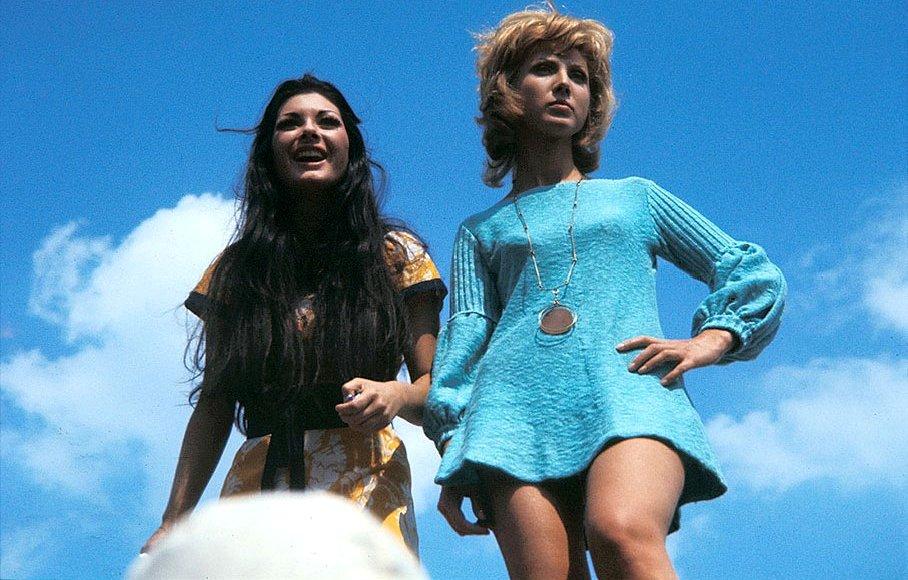
Zandvoort GP 1970.
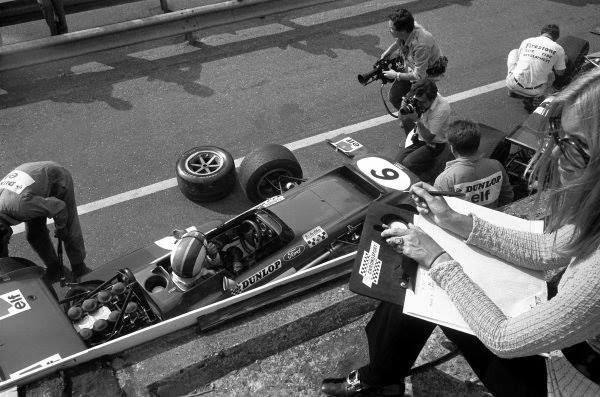
Zandvoort, 1971.
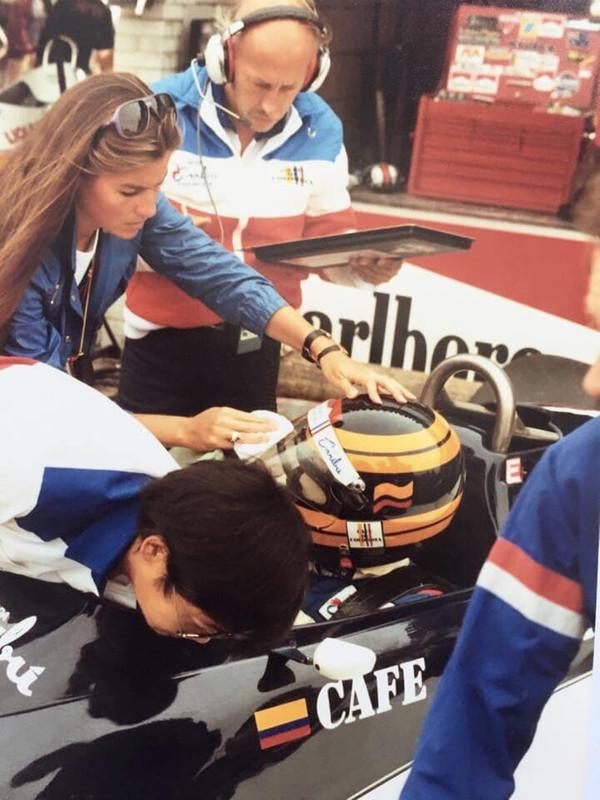
Kathy Guerrero, Zandvoort 1983.
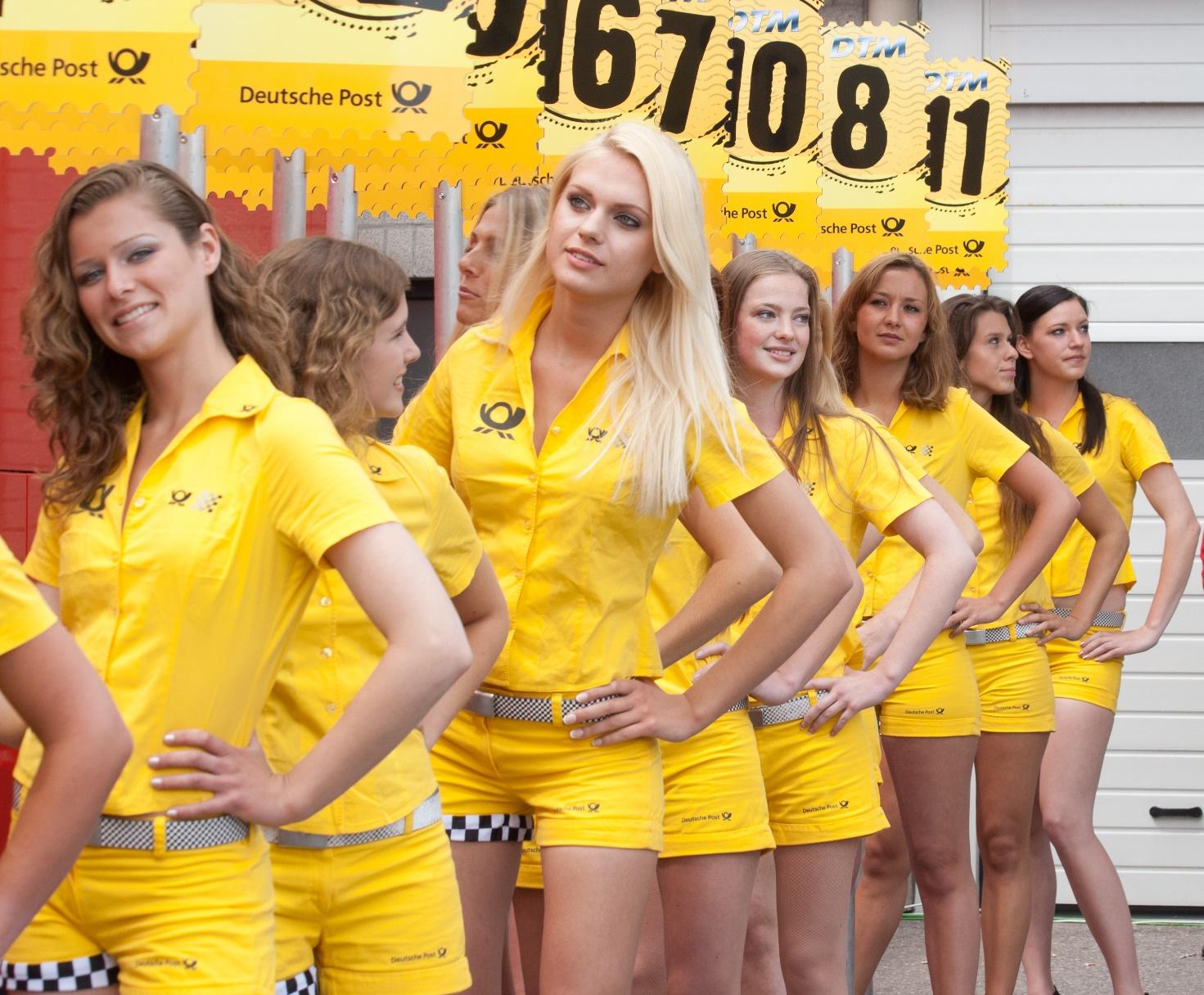
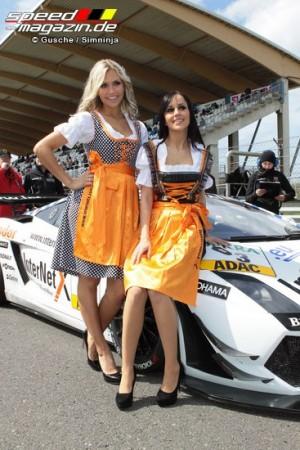
Zandvoort.
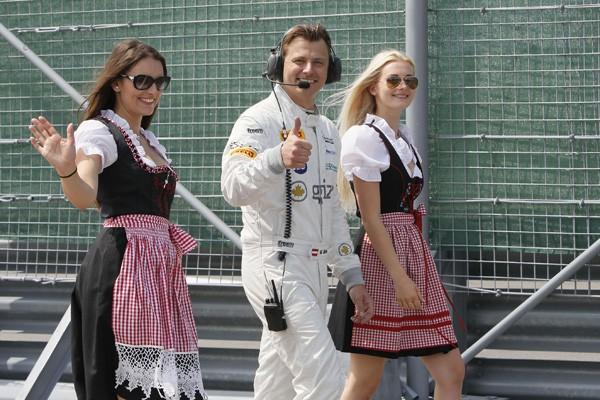
Zandvoort.
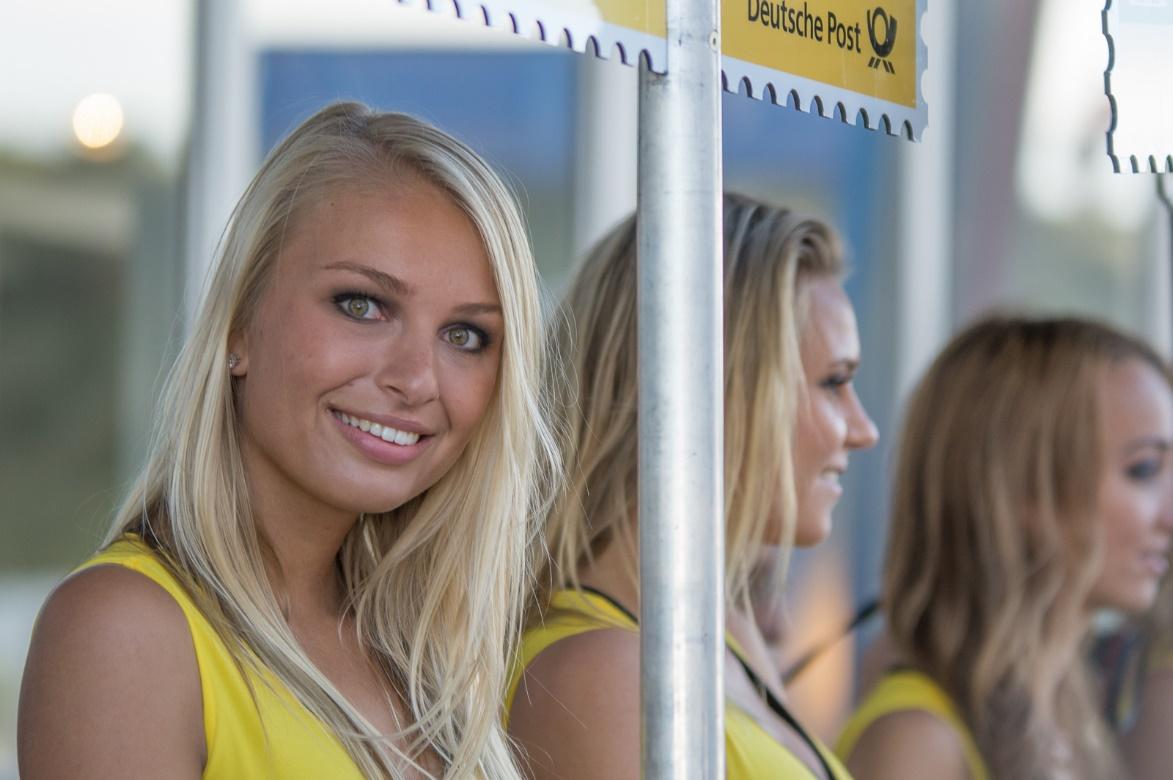
Zandvoort 2013.
Andretti, Fittipaldi, Stewart recount their Zandvoort tales. Erwin Jaeggi. Motorsport, May 3, 2020.
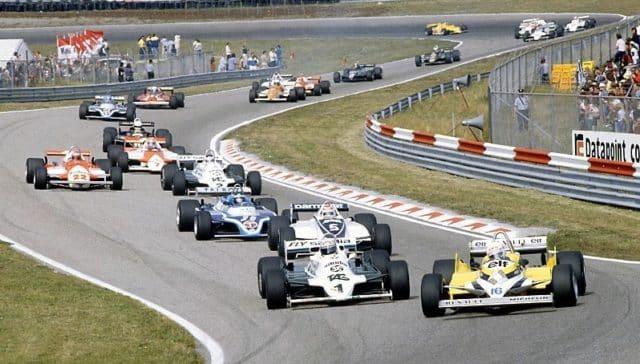
After hosting Formula 1 world championship rounds in 1952, 1953 and 1955, Zandvoort became a permanent fixture on the F1 calendar in 1958, only missing on the 1972 schedule as the drivers demanded improvements being made to the track to increase the safety.
But with the financial situation of the circuit becoming worse and worse in the early eighties and with the sport becoming less and less popular at the same time, as it gained the reputation of being reckless and dangerous, the 1985 Dutch Grand Prix proved to be F1’s final visit to Zandvoort.
Ever since, a Formula 1 race in the Netherlands was never deemed a serious option, not even when Jos Verstappen - who famously had the biggest fanclub of all drivers - was competing. But everything changed when a certain driver called Max Verstappen arrived on the scene.
The Dutchman already had a decent following when he entered Formula 1 as a race driver in 2015, but it was of course his victory in the 2016 Spanish Grand Prix that really made him a national sporting hero in the Netherlands. The orange grandstands quickly became a familiar sight at F1 tracks all over the world, with especially the Belgian and Austrian GPs attracting a large number of Dutch race fans.
It turned out to be an overwhelming success, with over a 100,000 people attending just to see Verstappen perform a couple of demo runs.
Although a Dutch Grand Prix was still perceived as something that was very unlikely to happen at that point, the success of this event did seem to set some things in motion on a local level, as in 2017 a feasibility study was announced and carried out, resulting in a positive outcome.
On the background, talks were held with new F1 owners Liberty Media and although many people thought it wouldn’t be possible, on May 14, 2019 it was officially confirmed Formula 1 would return to the Netherlands in 2020.
At least, that was the plan. Because like every sporting event the Dutch Grand Prix has been hit by the coronavirus. On March 19 it was announced this race has been postponed and currently no new date has been set.
Although the organizers of the race don’t rule out running a behind closed doors event in 2020, a Dutch Grand Prix with all the fans present is what the whole F1 paddock is really looking forward to - and you could even argue that Zandvoort was able to return on the calendar in the first place because of the prospect of having this sea of orange around the track.
Before the coronavirus crisis struck, Motorsport.com F1 journalist Erwin Jaeggi spoke to racing legends Sir Jackie Stewart, Emerson Fittipaldi and Mario Andretti about their experiences of racing at Zandvoort. And all three reached the same conclusion: F1’s return to the Netherlands is going to be a fantastic affair.
Emerson Fittipaldi
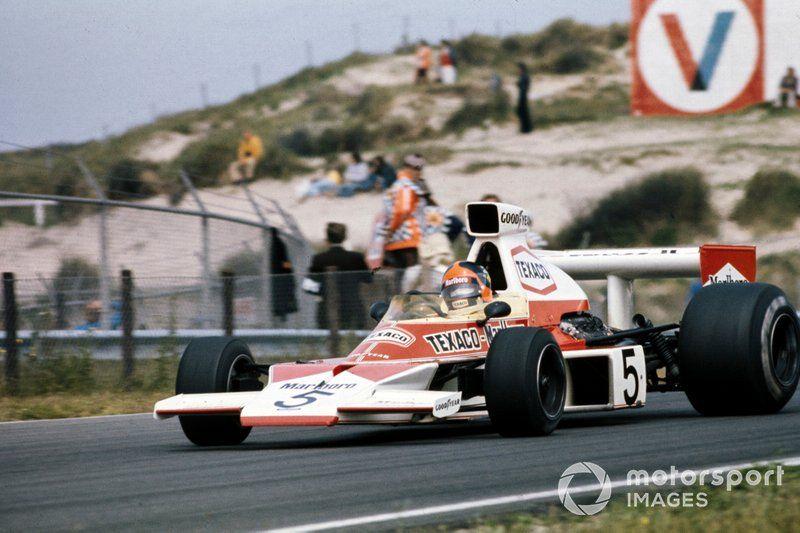
Emerson Fittipaldi, McLaren M23 Ford. Motorsport Images.
Dutch GP starts: 1973-1980.
Best result: 3rd, 1974.
“I have a funny memory I need to tell about Zandvoort," two-time Formula 1 champion Emerson Fittipaldi told Motorsport.com during an interview at last year’s Abu Dhabi Grand Prix.
“In 1974 one of my teammates at McLaren was Mike Hailwood. We had three cars. It was myself and Denny Hulme in the Marlboro-McLaren - it was the first year of Marlboro at McLaren - and then our third driver was 'Mike The Bike' with the Yardley car.”
“I was in a hotel very close to Zandvoort. On race morning I decided to already dress in my uniform for the warm up, because it’s only a five minute drive to the track.
"So I came to the reception dressed as a driver, gave the key to the receptionist and I saw Mike walking into the hotel. With jeans, T-shirt, red eyes… I said: ‘Mike, from where you come?’ He said: ‘Oh, I had a great night in Amsterdam!’ And then I said: ‘Really?’ I had a rule. I always had to be in my bed asleep at ten o’clock. It didn’t matter what the sponsor wanted, at 9.30 we always went back to the hotel.”
So the Grand Prix started... And for the whole race he was trying to pass me!"
Fittipaldi was baffled by Hailwood's competitive showing after his night out. "After one hour I was thinking: 'he must be tired'. But I looked in the mirror and Mike The Bike was still there!”
Fittipaldi finished the race in third, scoring his only podium result at the Zandvoort track, while Hailwood crossed the line one second behind him, taking fourth.
Five years earlier, in 1969, Fittipaldi made his first international racing appearance at Zandvoort. “Zandvoort was my first ever international race, when I was driving Formula Ford," Fittipaldi recounted.
“My first race in Formula Ford was actually supposed to be in Snetterton. But I broke my input shaft and then I could not race. I was in Snetterton but I didn’t go out of the paddock. And then next weekend was the European Championship Formula Ford. That was my first race in Europe. At Zandvoort! Not many people know this story, but my first race out of Brazil was at Zandvoort!”
“When I left Brazil I was thinking 'How am I going to drive against the European drivers?' I had no reference. I remember at Zandvoort I was up against 76-80 kids from all over Europe. I qualified second and then we were split into two groups. So I was on pole for my group. And then I remember telling myself 'I’m going to focus on having a good start and a good run to the Tarzan corner'. And I promised myself I was not going to look in the mirror for the whole lap as I wanted to try and break away the tow, the draft.
"So that's what I did. And when I came out of the last corner and onto the straight, it was the first time I looked in the mirror and I was a hundred meters ahead of the second guy. I said to myself ‘Fantastico! Emerson, don’t look in the mirror again!’ I entered Tarzan and blew up my engine."
The DNF must have been pretty painful at the time but Fittipaldi can't help but laugh about it now. "It was a good lap for reference," he jokingly remarked.
In 1973 Fittipaldi crashed heavily at the Zandvoort track during qualifying. “In 1973 I had my worst crash in Formula 1 at Zandvoort. My front wheel broke going onto the main straight and I had a horrible crash. I was like ‘thank God, I didn’t get hurt.’ But I was stuck in the car and I had fuel all over me. Graham Hill stopped and got in front of the Lotus to get me out.”
Fittipaldi, who was aiming for his second world title and was just one point shy of championship leader Jackie Stewart, escaped with a foot injury. “I pulled off all my ligaments through my right foot. Pieces of bone came off.”
Fittipaldi nevertheless resumed qualifying after taking a painkiller, of which he was warned had a similar effect as drinking a whisky. The Sao Paulo driver had to settle for sixteenth on the grid and a day later in the race he only managed to complete a couple of laps because of the pain in his foot. Fittipaldi: “and the next weekend was Nurburgring. And there I drove with local anesthesia. Crazy!”
Just a few laps after Fittipaldi went out of the Dutch Grand Prix, Roger Williamson, who entered his second Grand Prix, crashed at Tunnel Oost after which his March landed upside down and caught fire. “David Purley was a hero, trying to get the car back on its wheels,” Fittipaldi said about the heroic actions of the British driver, who witnessed the accident and made desperate attempts to save Williamson from the flames. “I saw everything. I was lucky on Saturday that my car didn’t caught fire when I had my crash. I was stuck in my car and had fuel in my seat.”
According to Fittipaldi, Zandvoort wasn’t more dangerous than any other track on the F1 calendar. “No, I have very good memories of Zandvoort. It was a fun place,” Fittipaldi looked back on his visits to the Netherlands. “People in Holland love racing. They are crazy about sports. I had an incredible amount of fans from Holland when I was in Formula 1. They sent me pictures to sign and followed my career. They love sports. And I liked the track. It was a great track to drive. Uphill corners, downhill corners, long corners and fast corners. A very technical, challenging, and difficult track.”
On the fact that Formula 1 is returning to Zandvoort, Fittipaldi said: “I think it will be a fantastic race, for sure, with Max Verstappen running so strong. I remember when I raced in Brazil and won the Brazilian Grand Prix, the people went crazy. I think the whole of Holland is going to watch. Not only the people at the track, but the whole country will be following the race to see how Verstappen is doing. It’s going to be a fantastic show, for sure. And I hope to be there.”
Mario Andretti
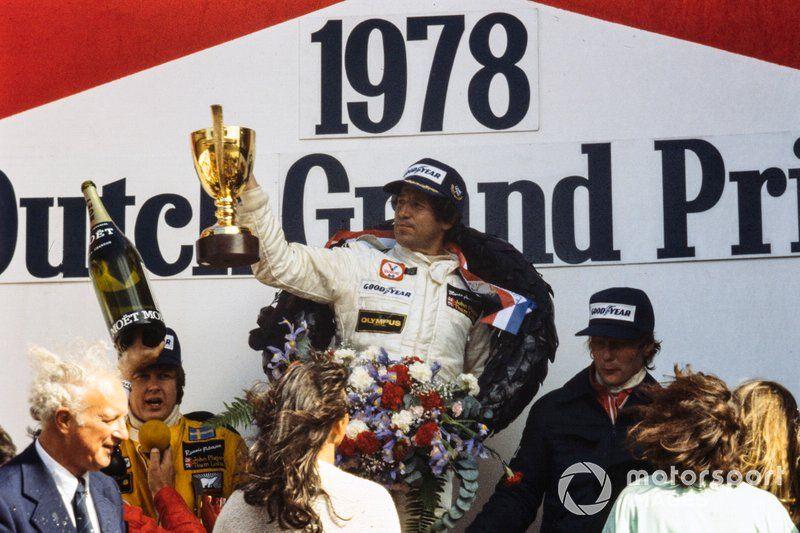
Podium: race winner Mario Andretti, Lotus; second place Ronnie Peterson, Lotus; third place Niki Lauda, Brabham. Motorsport Images.
Dutch GP entries: 1971, 1976-1981.
Best result: win (1978).
“It’s a venue that was very good to me,” 1978 Formula 1 champion Mario Andretti told Motorsport.com when asked about Zandvoort during a telephone interview. “I just loved the flow of the circuit. I had some good success there over the years, depending on the car that I was driving. The fans and people were always very good to me. It was just another great venue to visit. I have nothing but positive thoughts about it.”
Andretti won the Dutch Grand Prix in 1978, finishing mere tenths ahead of his Lotus teammate Ronnie Peterson. “The part that obviously is very special to me is that this race will always be remembered as my last Formula 1 win. You can imagine that I love any circuit where I won races but Zandvoort is particularly memorable because it was my last win in Formula 1,” Andretti continued.
“What I remember about that particular race is that I had some issues with the exhaust on the right side of the engine. The exhaust pipe broke and it burned through some of the lower bodywork. It had a big effect on my ground effect. I had to fight the car a lot throughout the last part of the race but nevertheless I was still able to win. And a win is always a win.”
“I am so happy to see that Formula 1 is back at Zandvoort, especially with Max now being so popular in his own country. It’s going to be wonderful to see Formula 1 back there,” Andretti said on Formula 1 returning to the Dutch dunes.
“I liked Max, his approach from the very beginning. I mean, he showed very special qualities. Talents like that are very rare. But he’s one of them. He’s definitely world championship material, no question about it. It’s not a matter of if, it’s a matter of when. If the Red Bull car is capable, he will take it there. He’s a lot of fun to watch. You can always tell if somebody has special qualities especially in the wet races. That’s when the talent of a driver is the most obvious. And he always shines in those conditions. I love his attitude. He’s all business. Holland should be very proud of this guy.
Sir Jackie Stewart
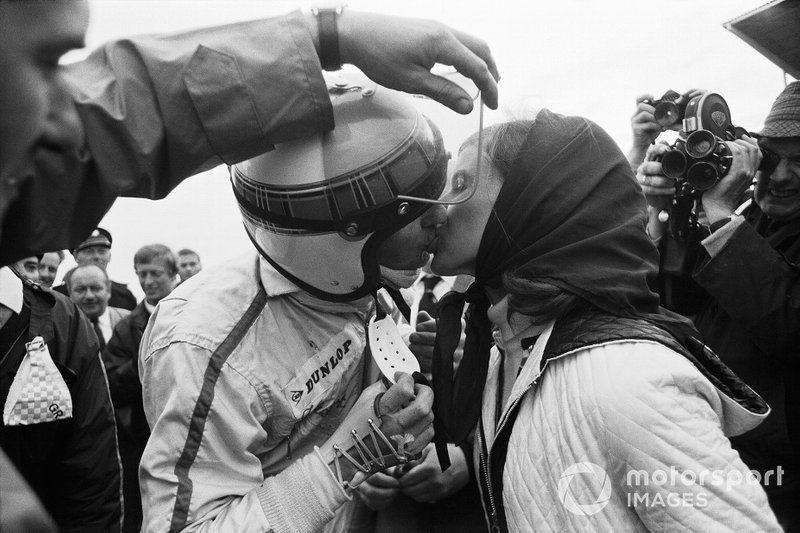
Helen Stewart kisses her husband Jackie Stewart. Photo by Rainer W. Schlegelmilch.
Dutch GP entries: 1965-1971, 1973.
Best result: wins (1968, 1969, 1973).
“First of all, memory lane, I won there more than once,” Sir Jackie Stewart replied when Motorsports.com asked him about Zandvoort. “Many happy memories but also very sad memories. One of my best friends, Piers Courage, was killed at Zandvoort and also Roger Williamson, the year he died in I won the race.”
“In those days, in the sixties and seventies, motor racing was dangerous and sex was safe, I always say. In Roger his case and in Piers his case, there were not enough fire extinguishers to put the fire out. That would not happen today. And there would be somebody on site to get the driver out of the car. That didn’t happen then. So a lot has changed for the better.
"Obviously I was deeply involved in that change. From ’68 through ’73 that was my main exercise, to change the safety. And now we hardly lose a driver. The cockpit now is a survival cell, we’ve now got a halo. All the things that needed to be done, have been done. And that doesn’t mean to say thatit stops. It’s got to keep going. In my day we were sitting in a fuel tank. The fuel tank was around you in every way, and above your knees sometimes. When there was an accident, it was ridiculous.”
In 1965 Stewart drove his first Dutch Grand Prix at Zandvoort. “I finished second to Jim Clark,” Stewart recalled. “That year, my first year, in three races I finished second to Jim Clark, who turned out to be one of my best friends - both Scottish! For me that was a big deal. I think Jim Clark comes only second to Juan Manuel Fangio. So in my mind he comes above all the others, above the Schumachers and the Sennas.
"Clark was so clean, just magnificent. To keep reasonably close behind Jimmy was in itself for me a bit of an achievement. And the Lotus at that time was unquestionably the best car. It had the best grip. And Jimmy was so smooth that he didn’t have the mechanical failures that so many other Lotuses had - and in fact more people died in a Lotus than in any other racing car. Jimmy didn’t give the car a hard time. He was very sensible with the car, that was his way of driving and therefore he didn’t have the kind of Gs that some of the others drivers were putting on the car. And Colin Chapman made very fragile cars...”
“Zandvoort was a very good track to drive," Stewart remembered. "The only problem with it was that when the wind blew on a dry day, it was a difference of probably five seconds a lap. Because you don’t see the sand, but it’s there - it’s just a film of sand from all of the dunes. So it wasn’t the best track to test on. Because you never knew whether you were on a good, bad or ugly day. Because if the wind came up, then six seconds a lap was definitely realistic, one way or the other.”
Stewart’s first Dutch Grand Prix win came in ’68. In the rain. “Well, that was a good one. I simply remember winning it by quite a large margin [Stewart finished 1 minute and 33 seconds ahead of second-placed finisher Jean-Pierre Beltoise]. I liked driving in the rain. Living in Scotland you learn how to drive in the rain! So that was a good one. Another wet race in ’68 was the Nurburgring. That was a big win because I won by more than four minutes.”
In ’69 Stewart took his second victory at Zandvoort. This time in the dry. “That year I had a good year. The Matra was good and the Ford engine was terrific. The great thing about my period for me was that there was a cluster of really great drivers. There was Jim Clark, Graham Hill, Jack Brabham, Jochen Rindt, Denny Hulme, Chris Amon, Piers Courage and myself. I mean, that’s eight already, of what I would call very, very good Grand Prix drivers. You don’t see that today. We were all using Ford engines, apart from Ferrari and therefore there was an equilibrium that was unusual, that nobody had a tremendous advantage that you have today with a Ferrari engine or a Mercedes engine, for example. It was more down to the driver then. And of course the team. Ken Tyrrell did a wonderful job. His attention to detail was terrific.”
One year later Piers Courage had his fatal crash at Zandvoort. On lap 22 of the race the two-time podium finisher went off at Tunnel Oost due to a damaged suspension and was hit on the head by one of the front wheels. Courage died instantly. “That was difficult," said Stewart, who finished second behind Rindt. “We knew it was Piers because his helmet came off in the accident. His helmet was on the track."
It was up to Stewart to make certain arrangements. "At that time there had been some other fatalities and for whatever reason - probably because at that time I was sort of leading the pack - I was the one who had to find out how to deal with fatalities in the sense of the person who’s dead had to be sent home. But how do you get them home? Different countries had different regulations. In those days, for example, a commercial aircraft would never take a coffin in the plane. So it had to be a cargo aircraft that did that. And when Piers Courage got killed, it was a big problem getting him out of Holland. And that was part of my job. Similarly with Jochen Rindt in Italy. There is a lot of things that I learned that I wish I never had to learn.”
In 1973 Stewart won the Dutch Grand Prix for a third and final time. But there was no reason to celebrate this achievement as Roger Williamson was tragically killed in a crash in the early laps of the race. “Roger was trapped in the car and he was not unconscious," Stewart said about Williamson's accident. “I didn’t know that but I was told by David Purley. He knew that Roger was still alive because he was moving. Because Purley stopped. And he tried to get us to stop, but there was no red flag, so you had to keep going.”
The drivers in the race were unaware of the tragedy that was unfolding. Some of them also assumed that the driver got out of the crashed car safely, as they thought Purley was desperately trying to put out the fire to save his own car. The amount of smoke also made it impossible for drivers to get a clear picture of what was going on.
“We were driving through the flames because of the camber of the track. So you didn’t stop. Nobody stopped. It was very bad, but it was also the mentality then: 'the race must go on.' And you left the management, the fire fighting or the marshaling to the clerks of the course. But in those days you might not even have had good enough communication! And we only ever saw it every one minute and 25 seconds or something, as we went round. There was little of knowing with everything going on. I mean, the fire went out, finally, because there was no fuel left in the car.”
Despite having experienced these dramatic events, Stewart is hugely positive on Formula 1 returning to Zandvoort. “I think it’s fantastic. I think it’s going to be good," Stewart said. “But I think it’s going to get difficult to get in and out of the track. We had the Palace Hotel in Zandvoort, in which we all stayed. So you got to the track easily. You walked to it or drove to it. There was no big problem of traffic. And you could get back to the hotel in no time afterwards. Now it will be different. I don’t know where we are all going to stay, but I hope I’ll be there.” The Scot has been an ambassador for Heineken, title sponsor of the event, since the Dutch company entered Formula 1 in 2016.
“It’s a big event for Heineken, to have the Grand Prix there and a big event for… I can’t remember the name of the Dutch driver,” Stewart joked. “I mean, for him there’s going to be a huge following! If you thought that Spa was orange, Zandvoort will be covered with it!”
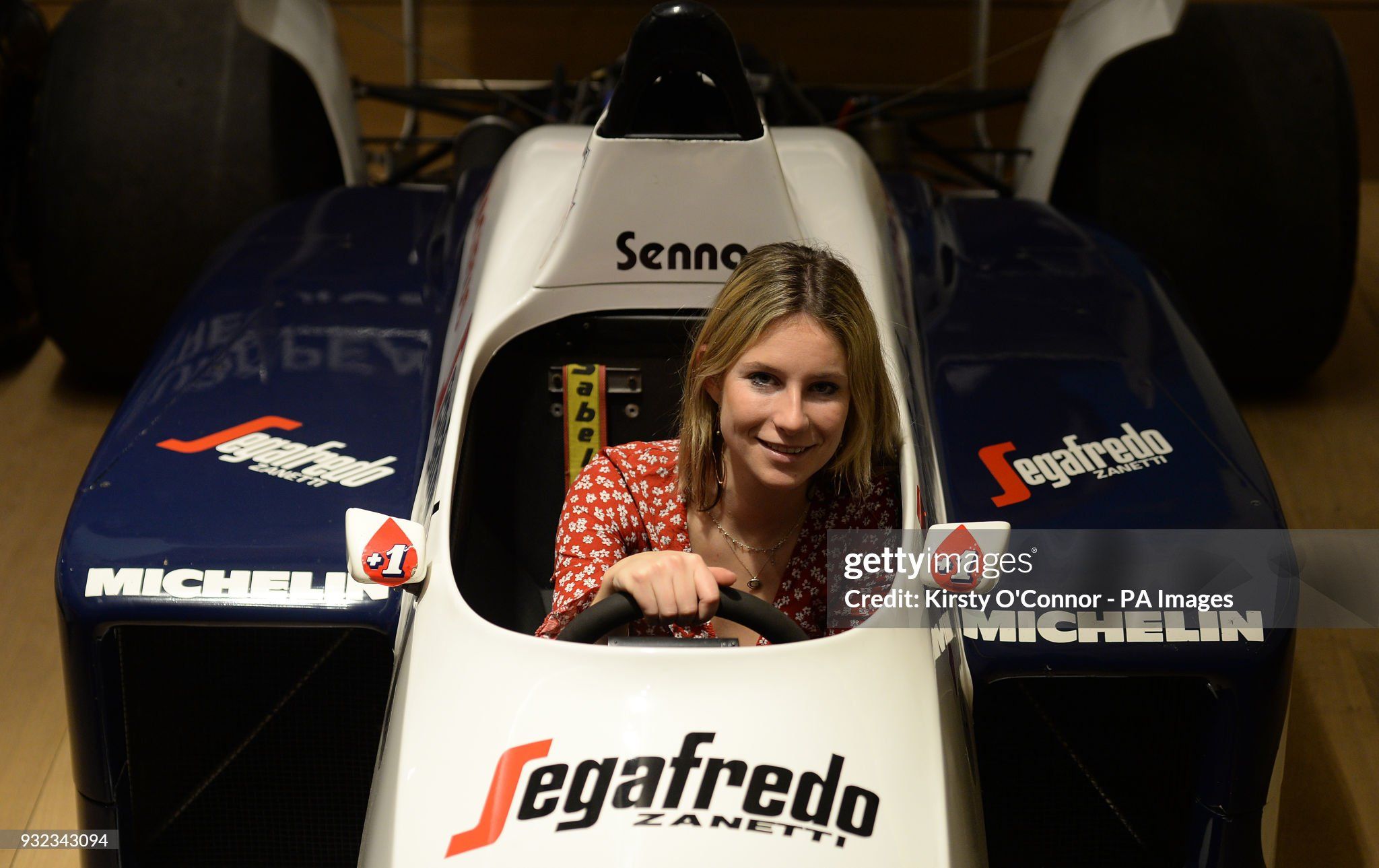
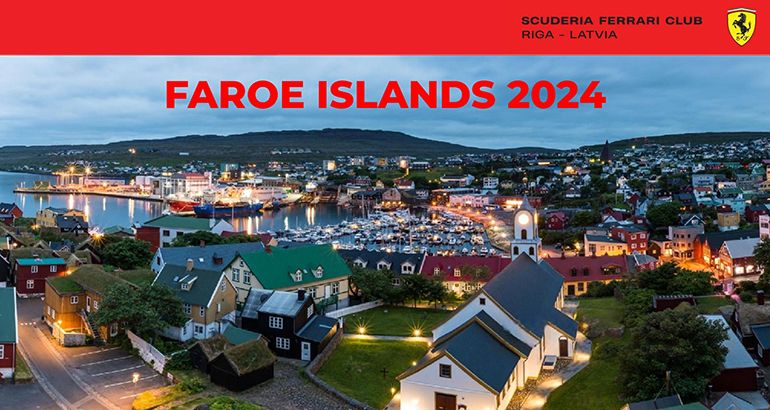
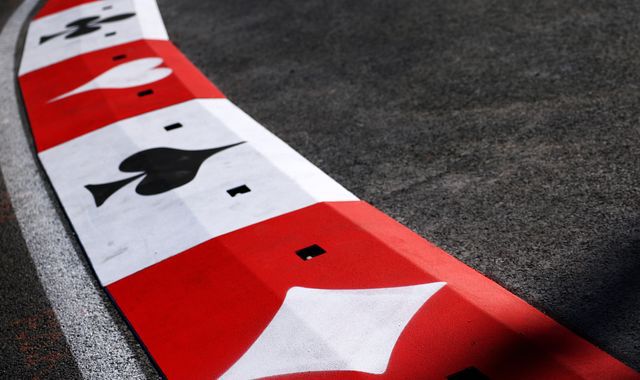
Comments
Authorize to comment